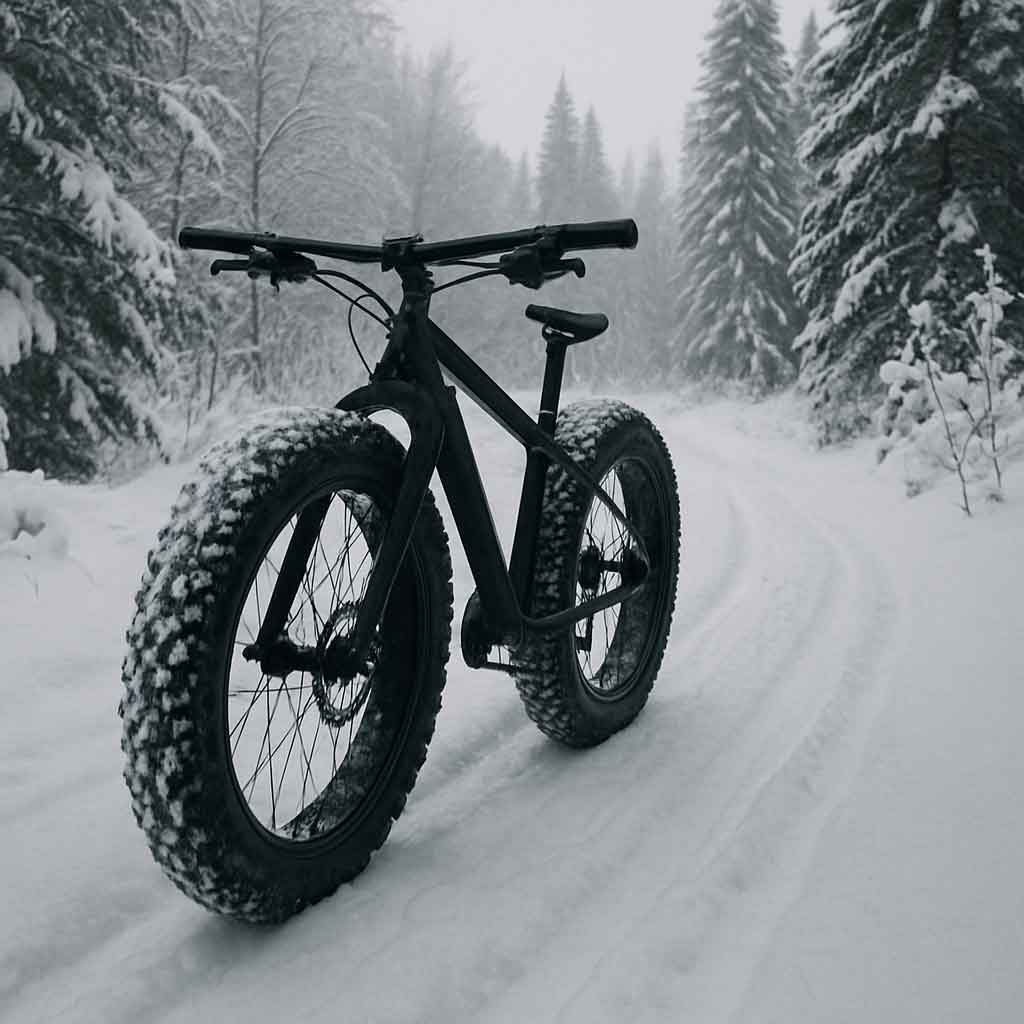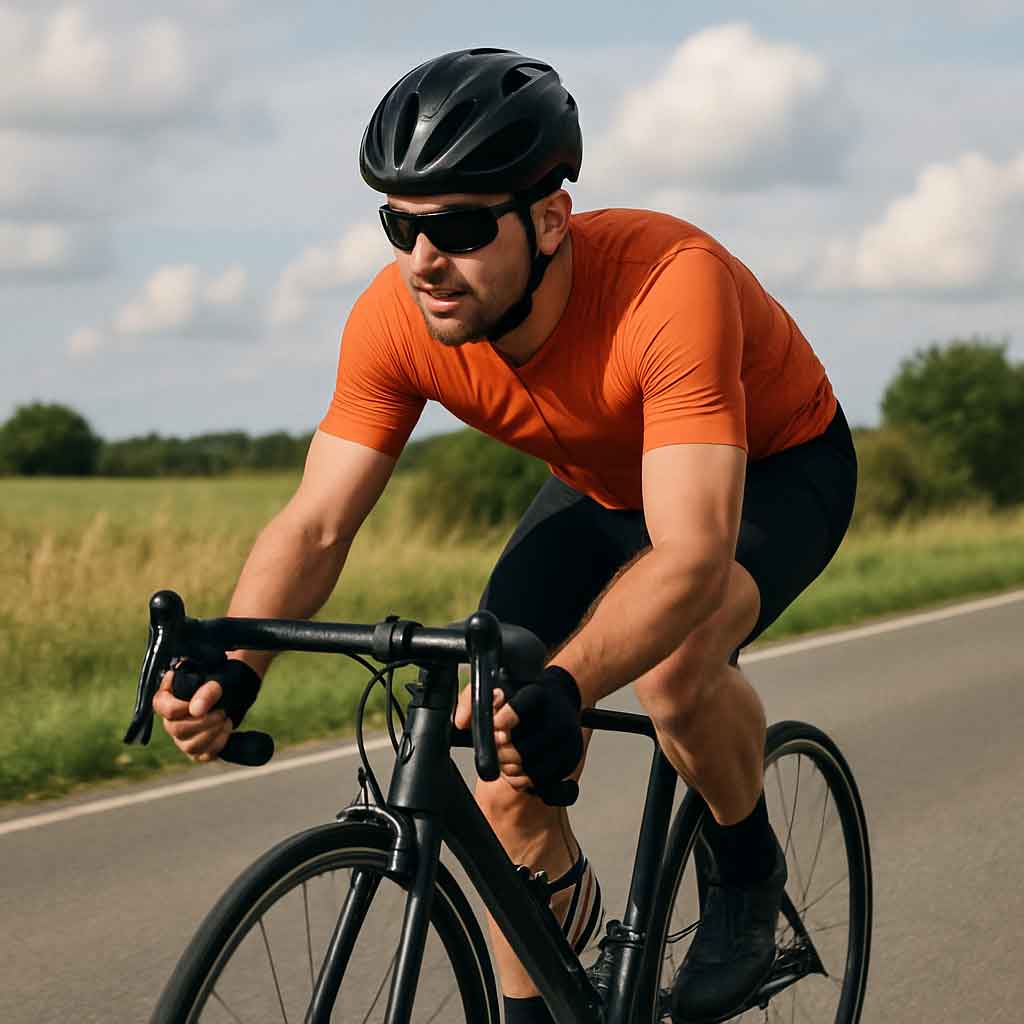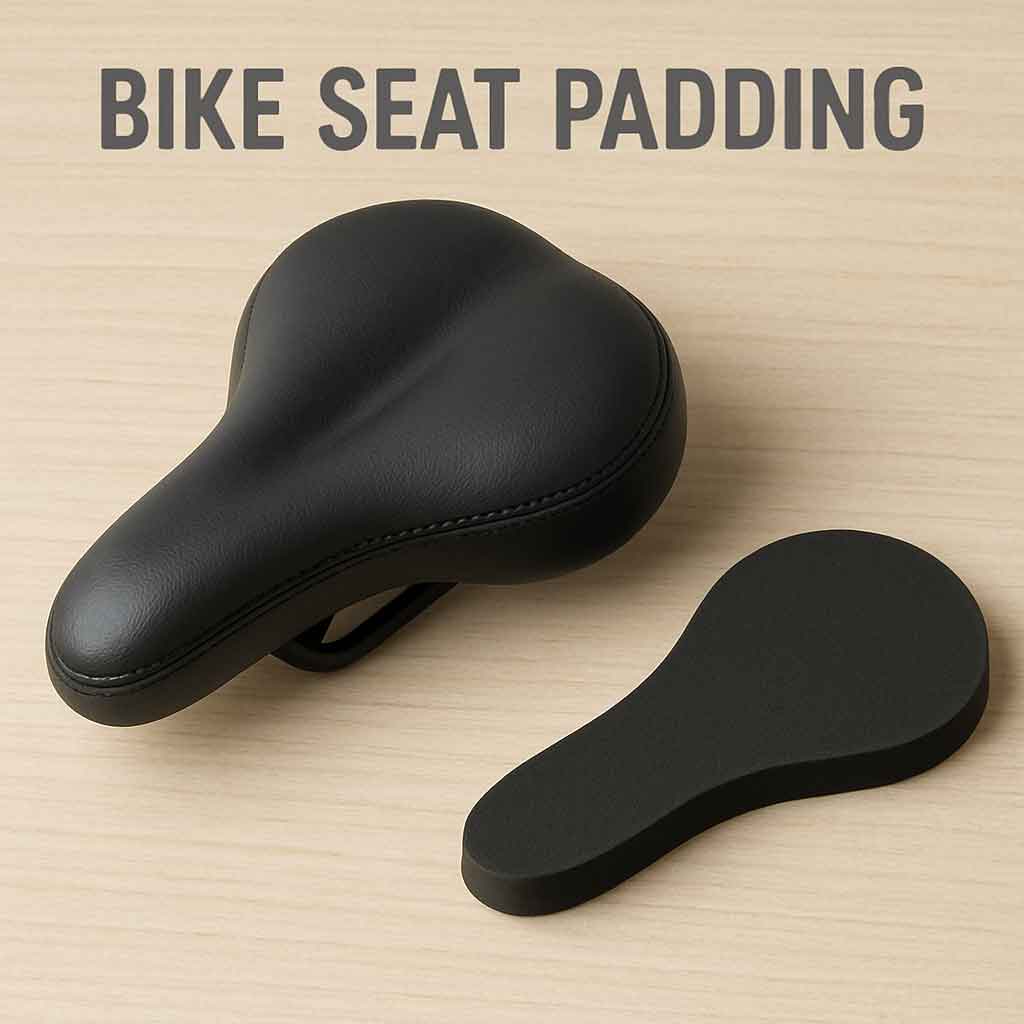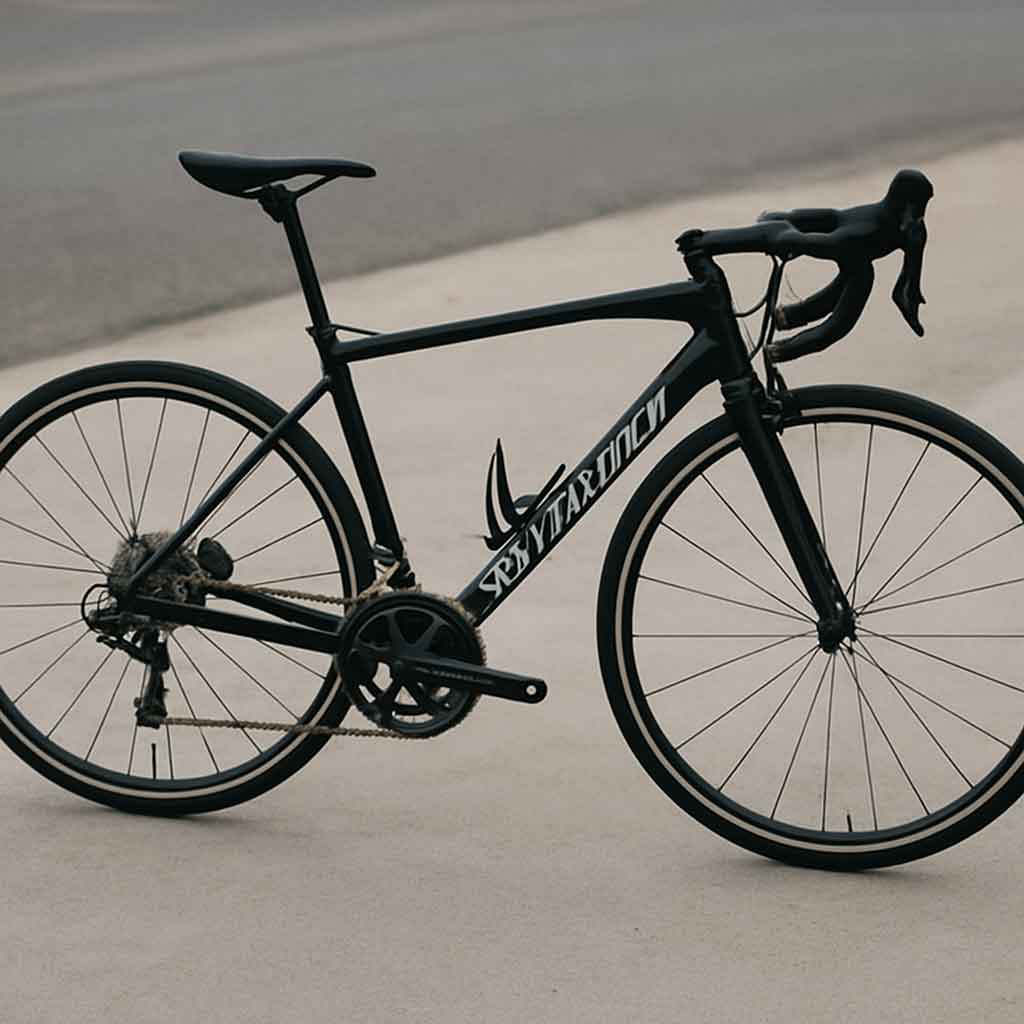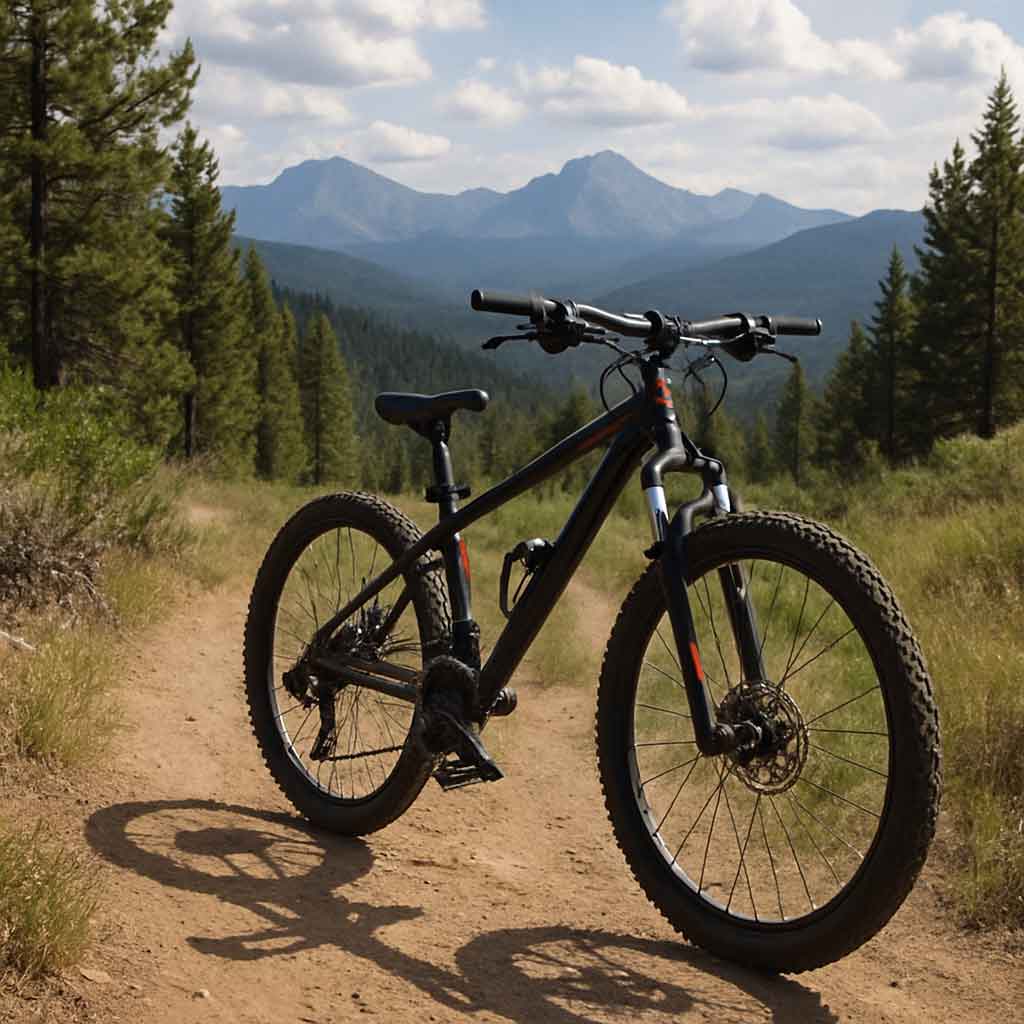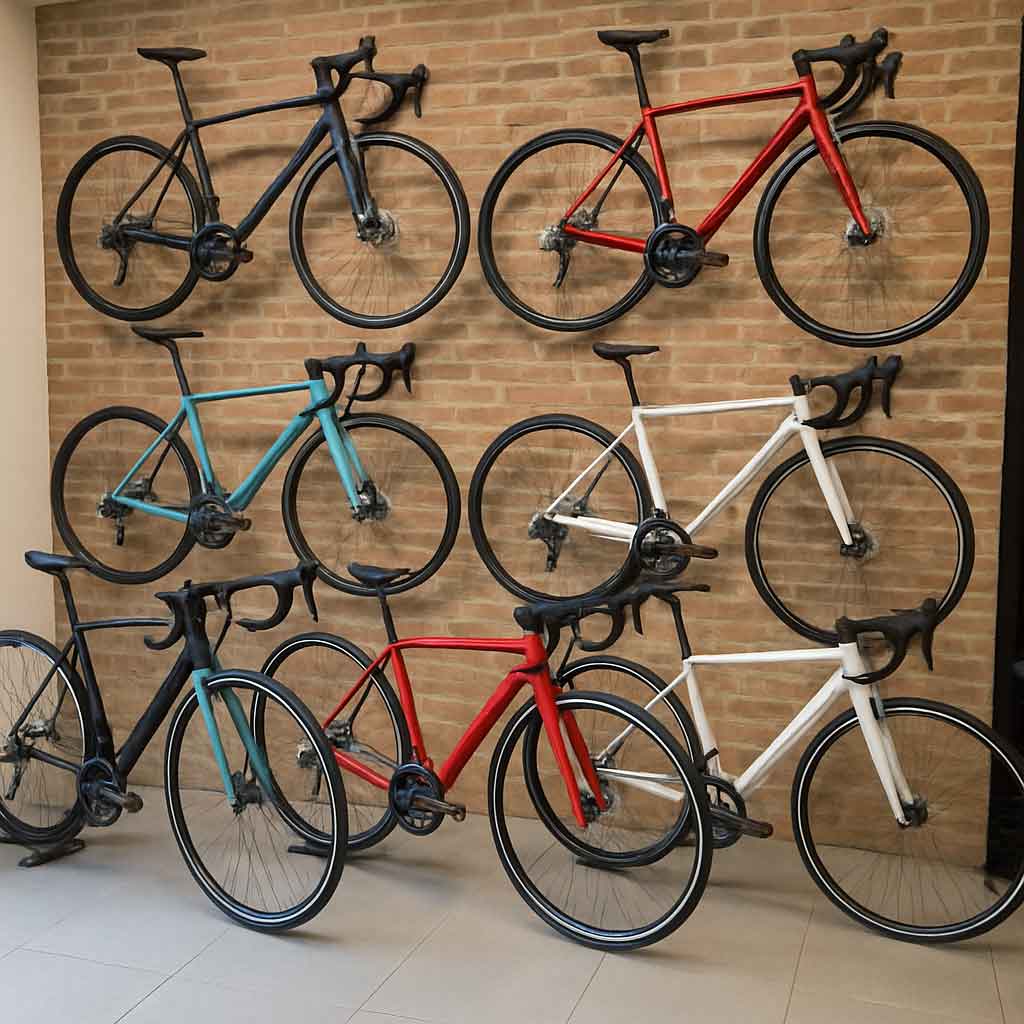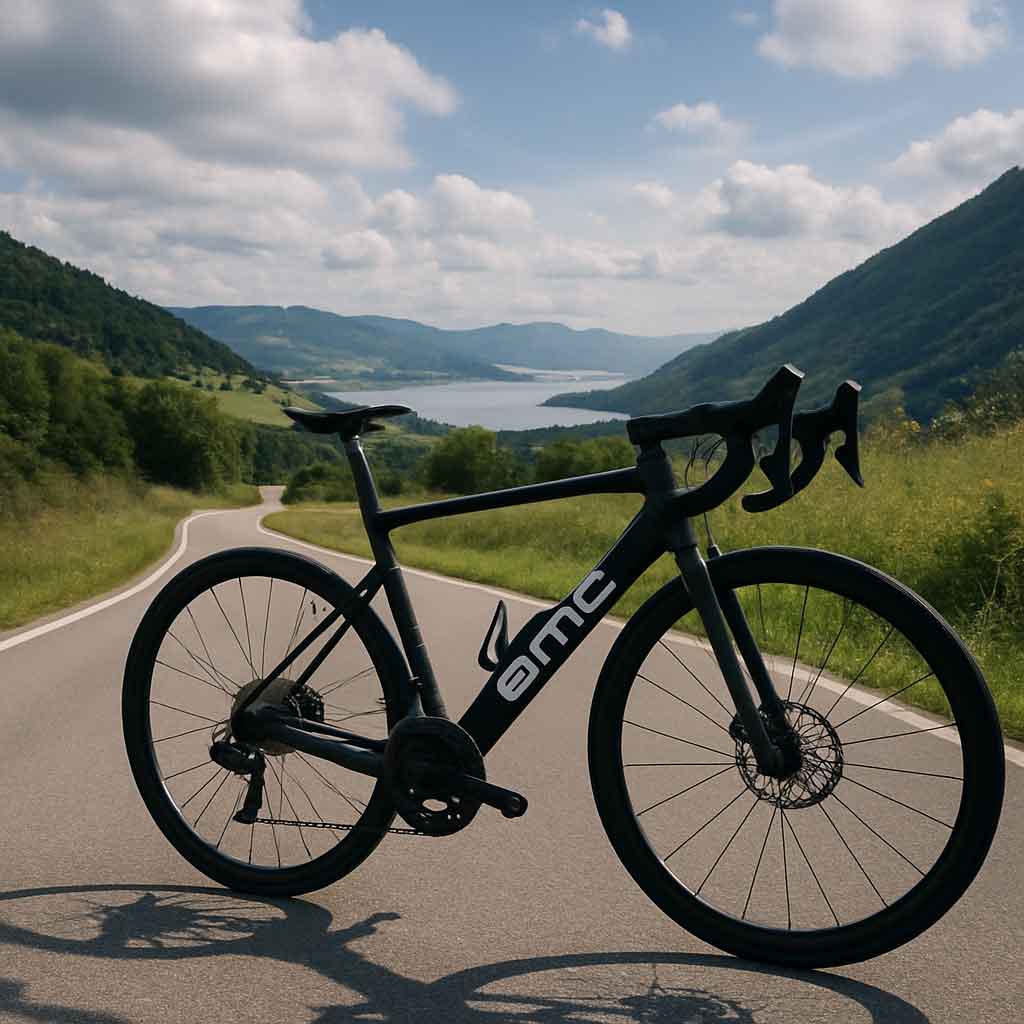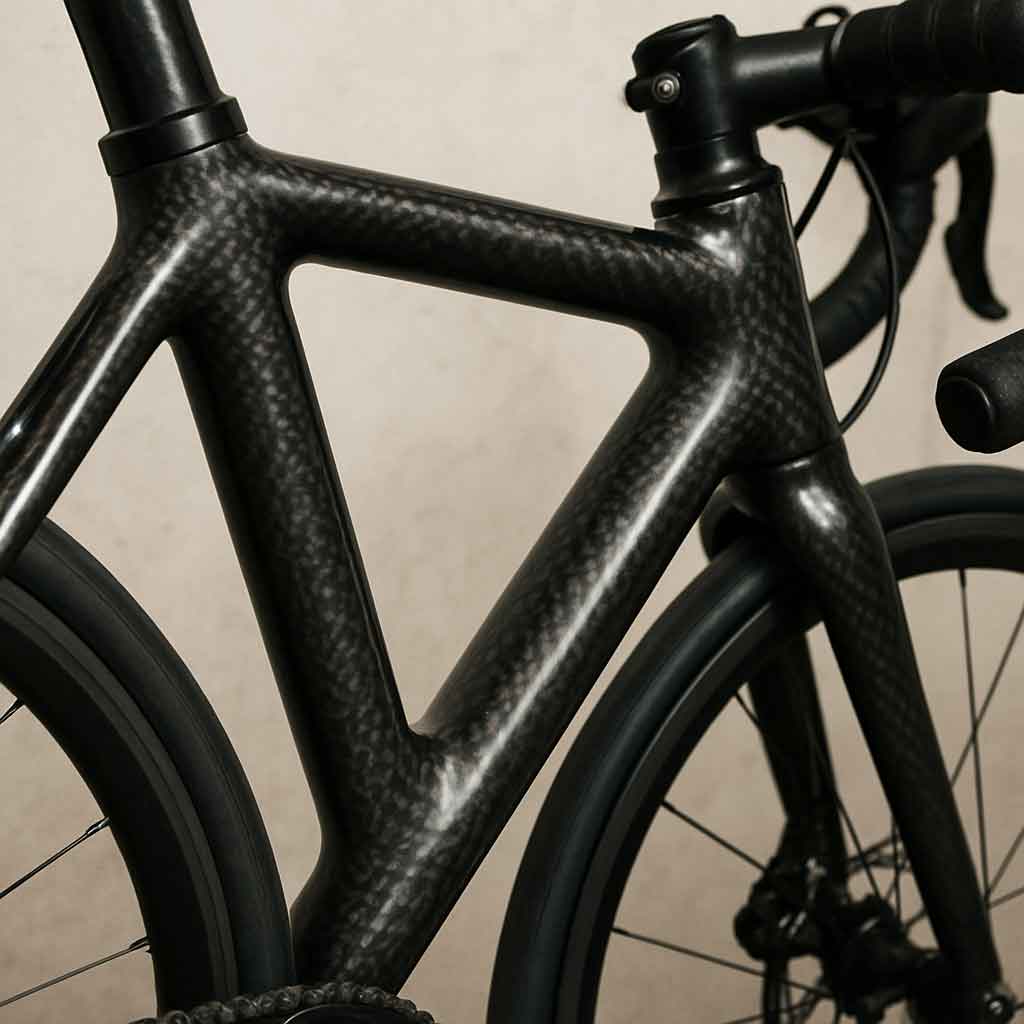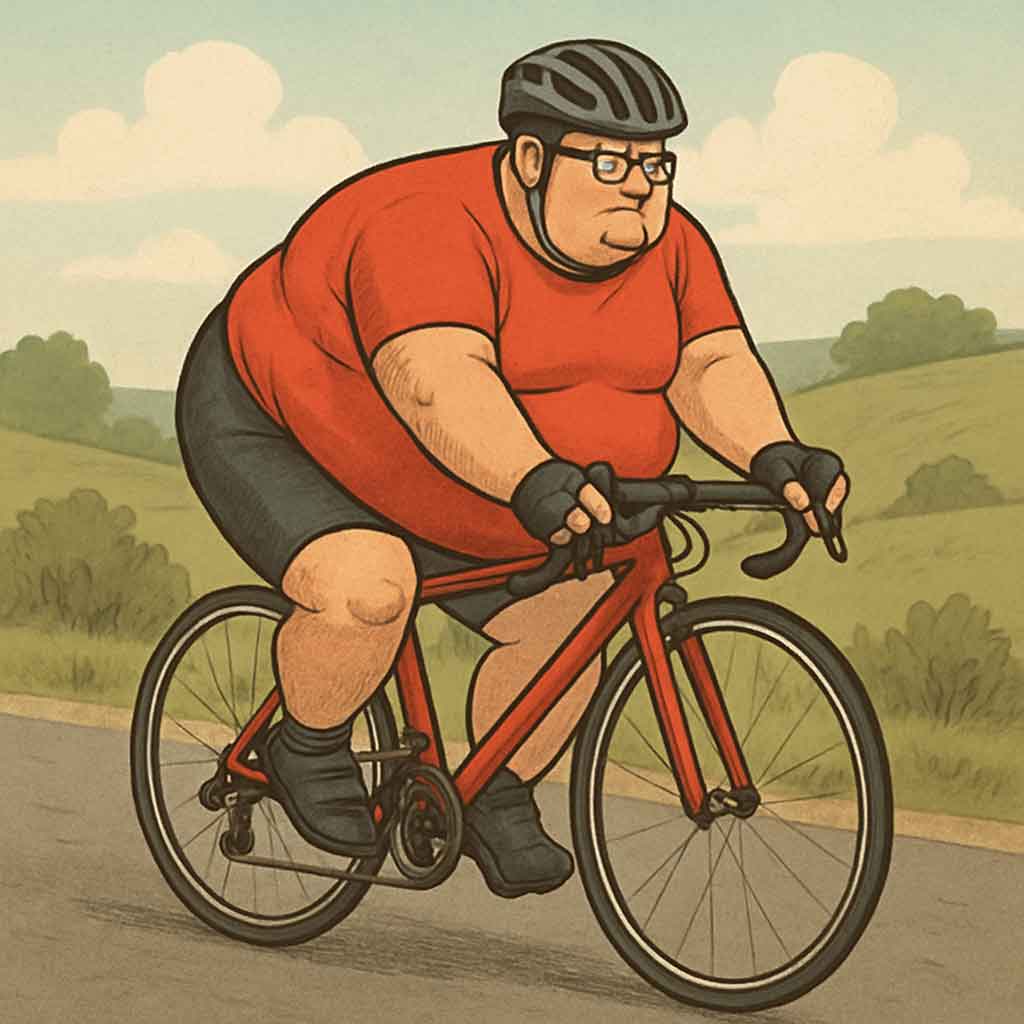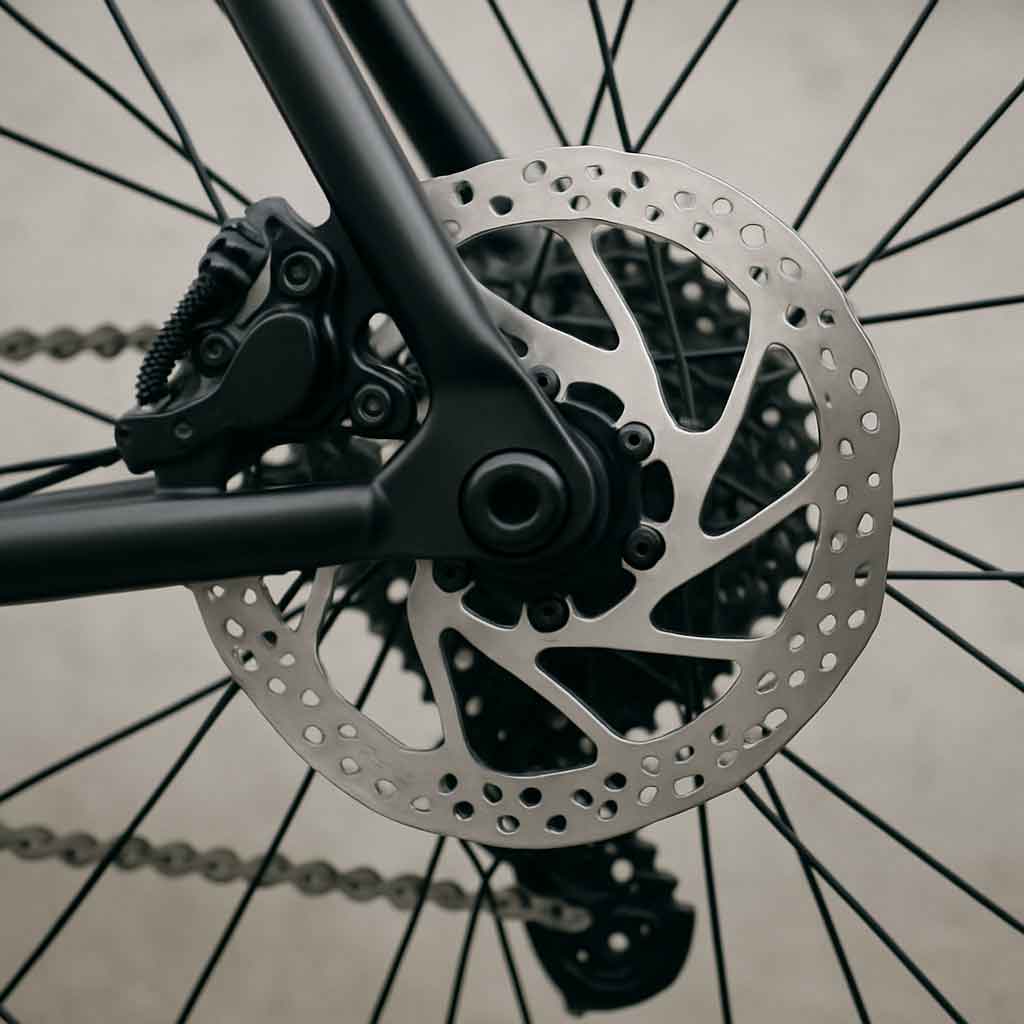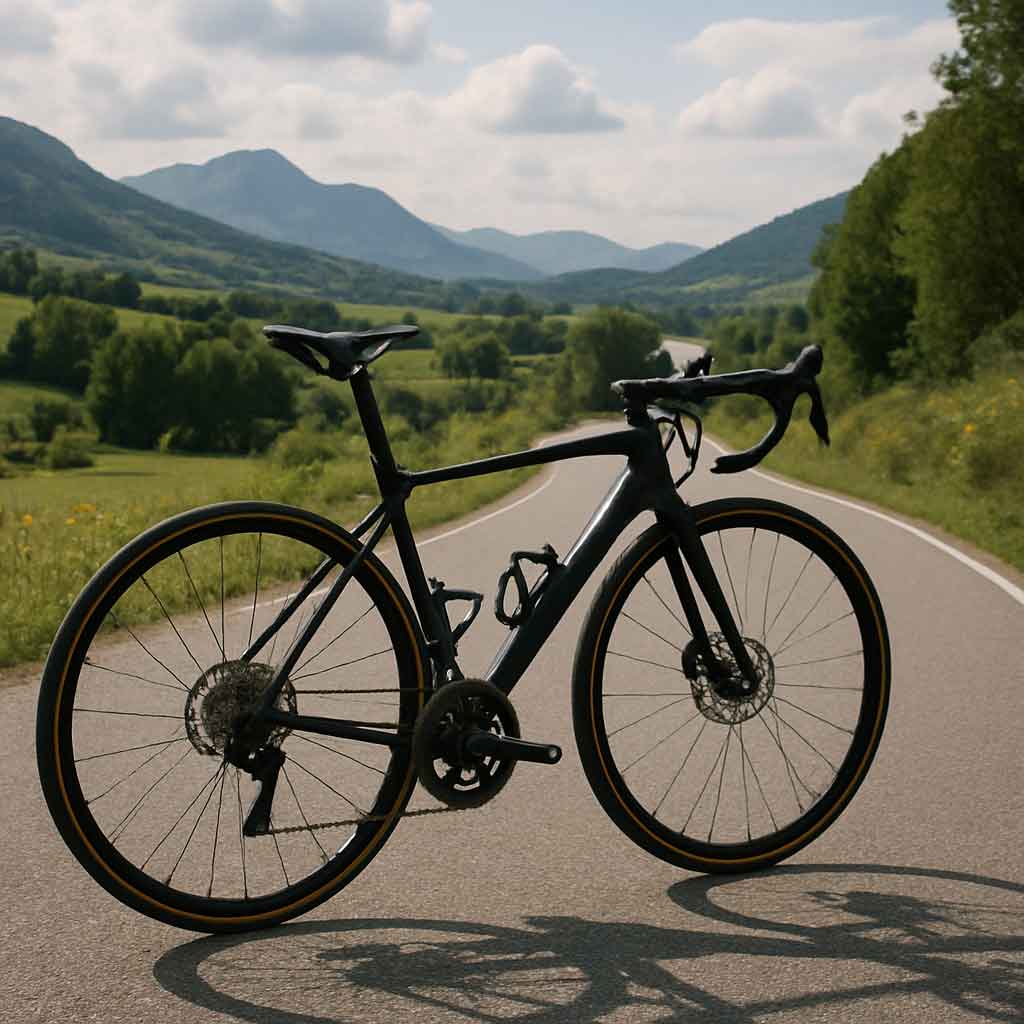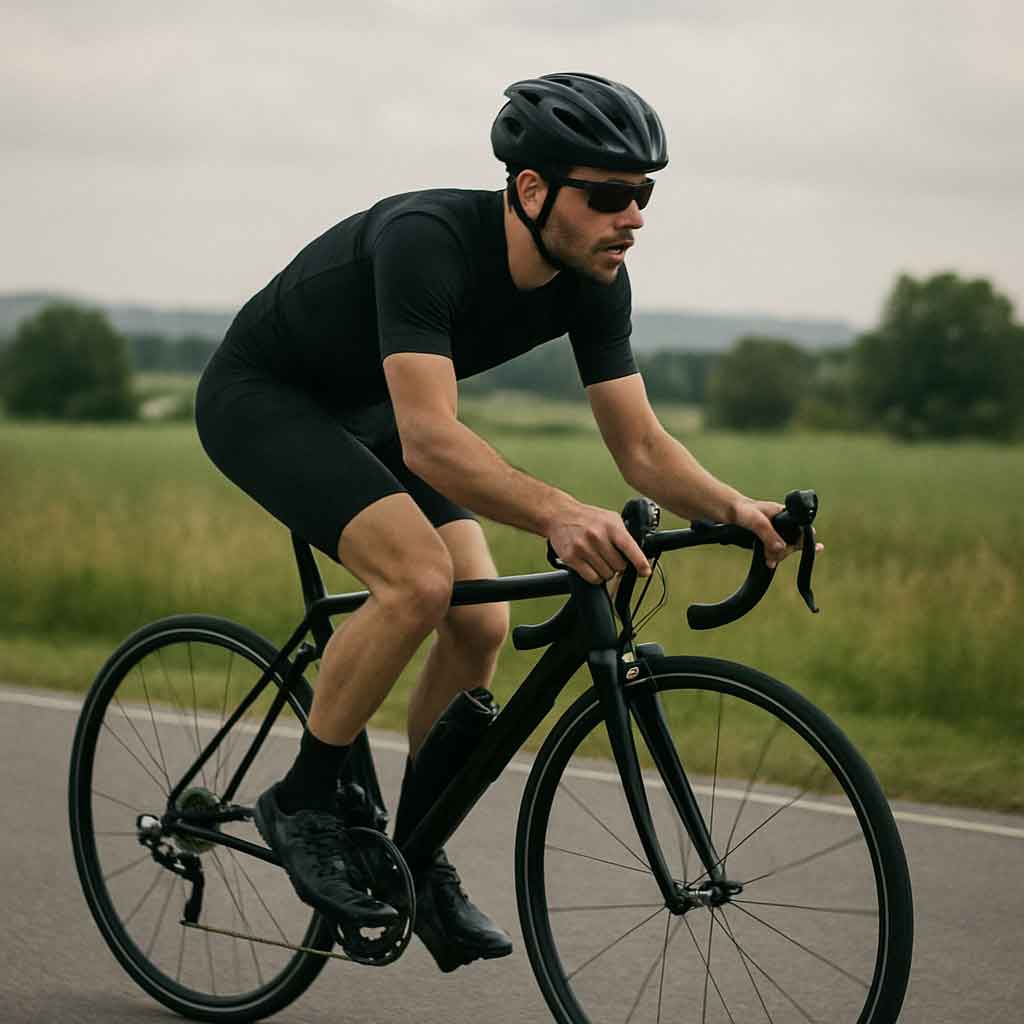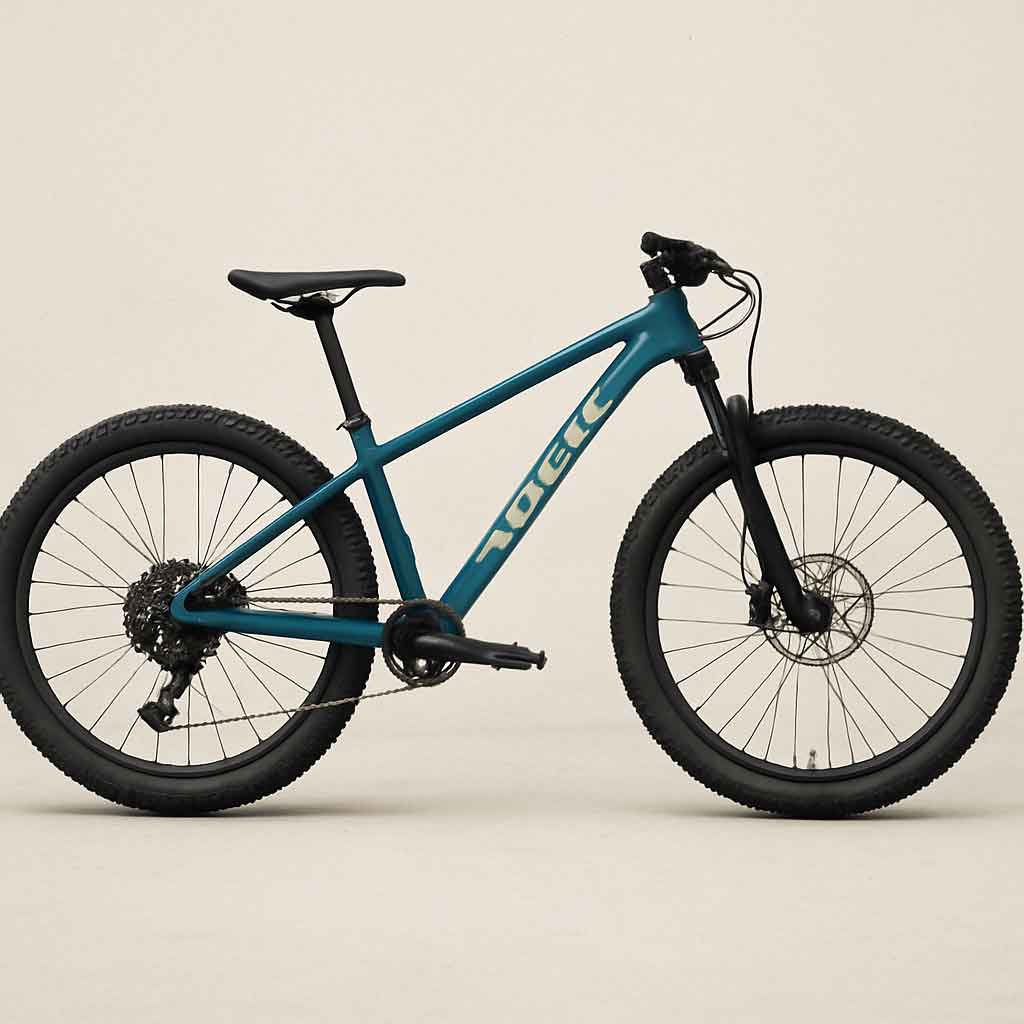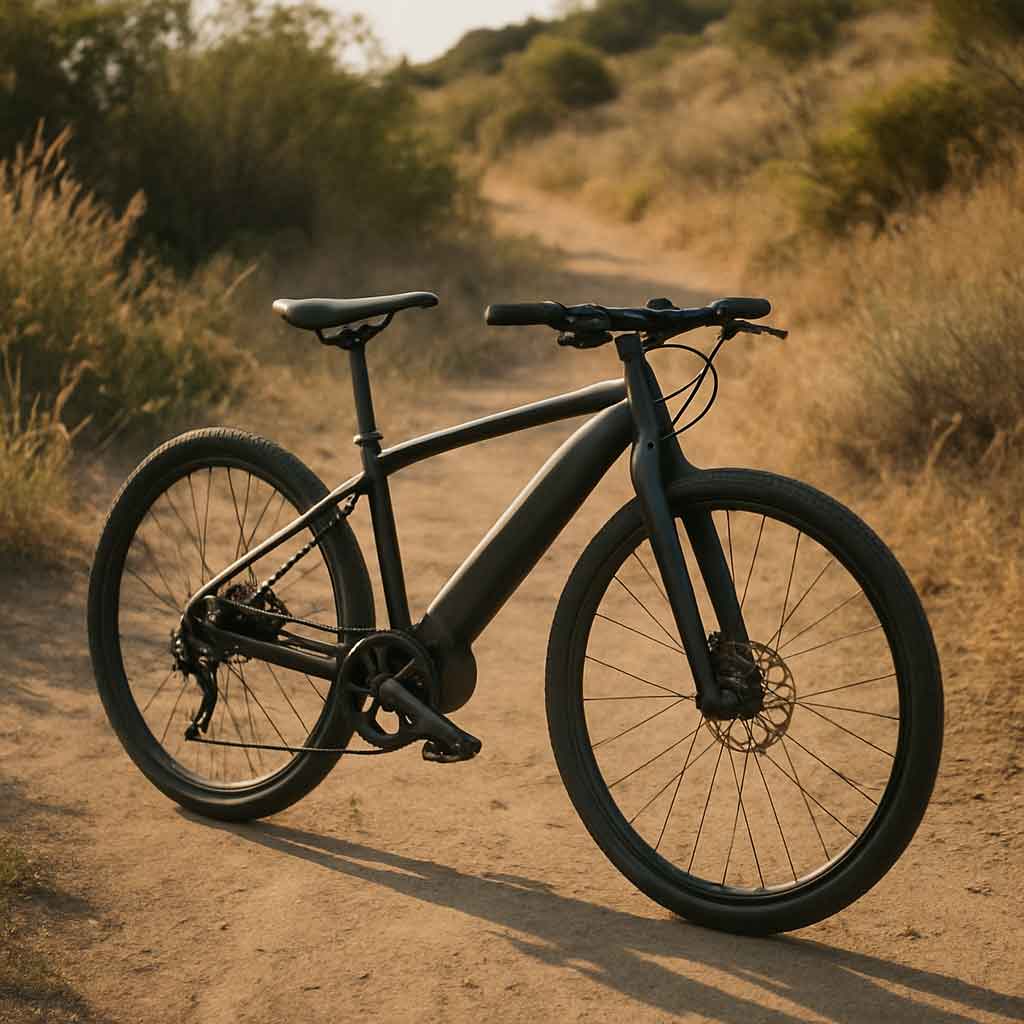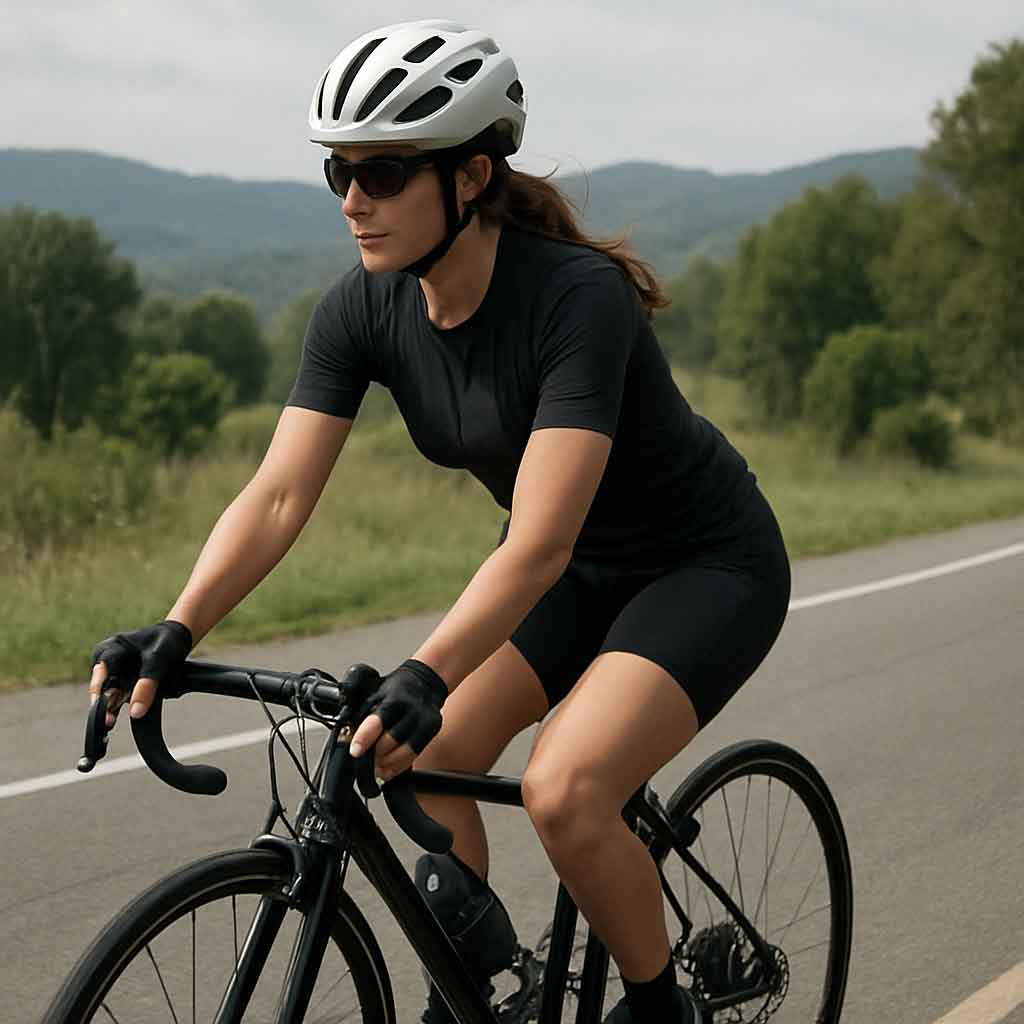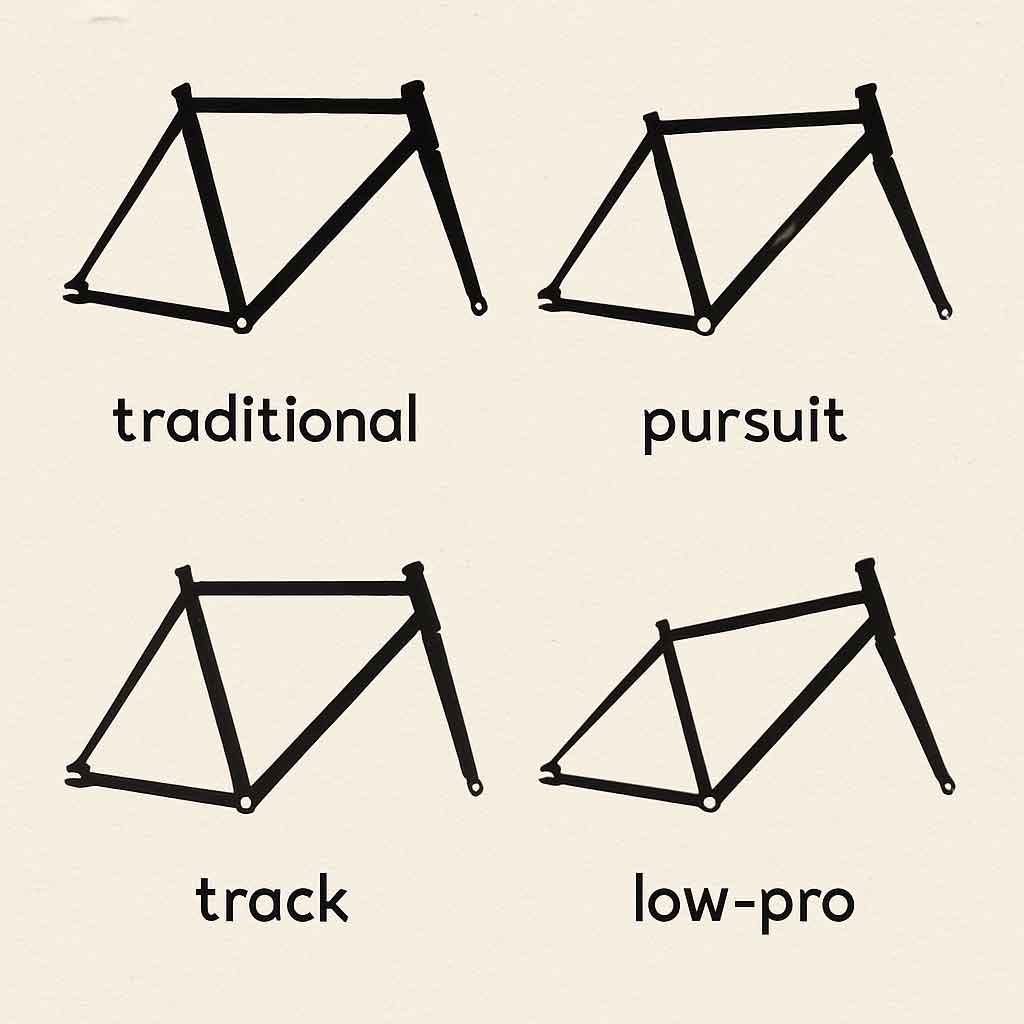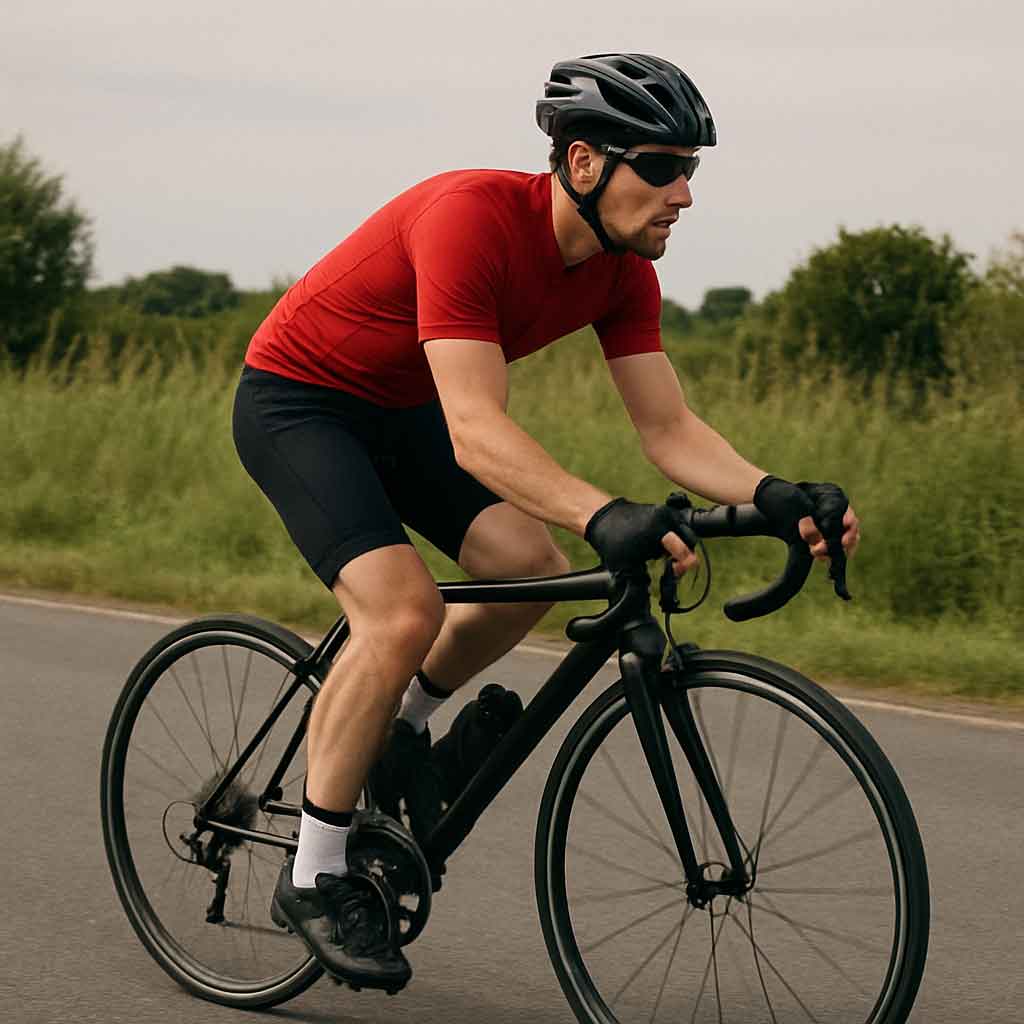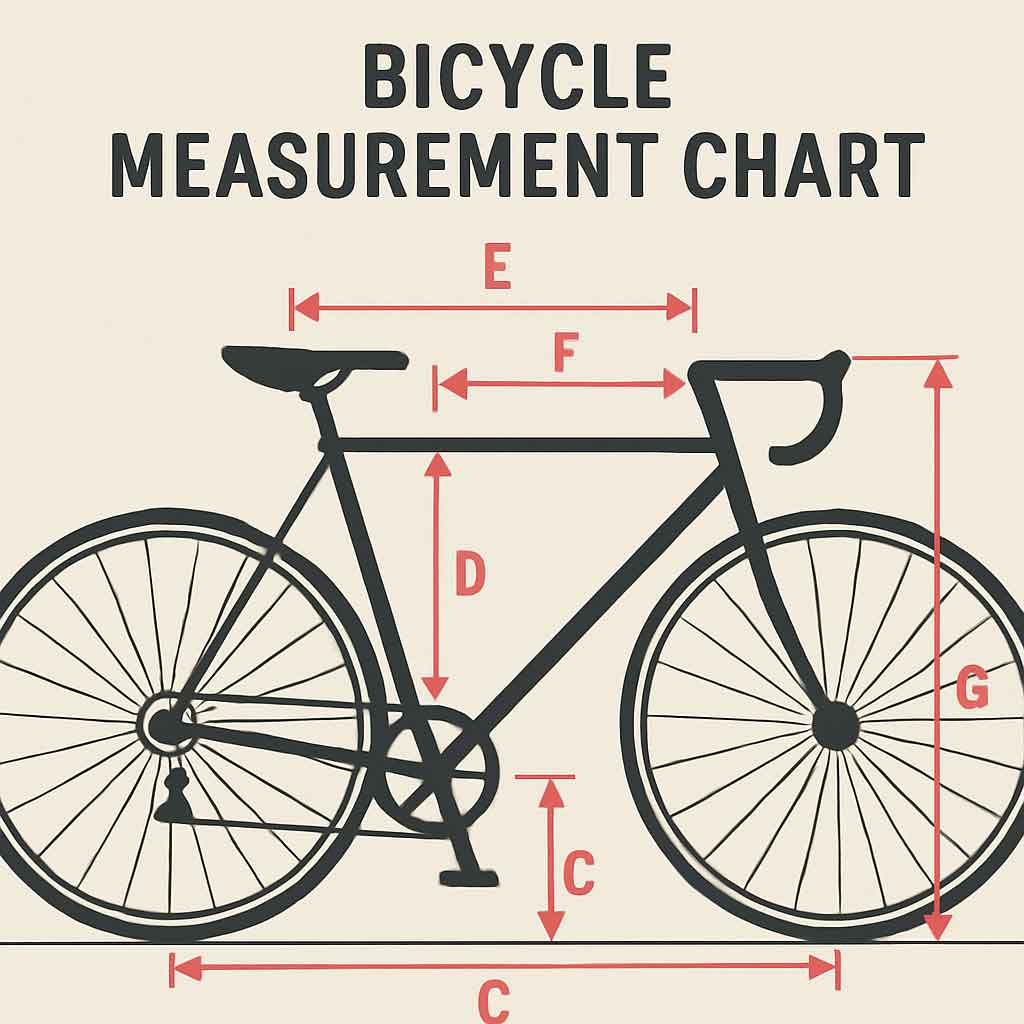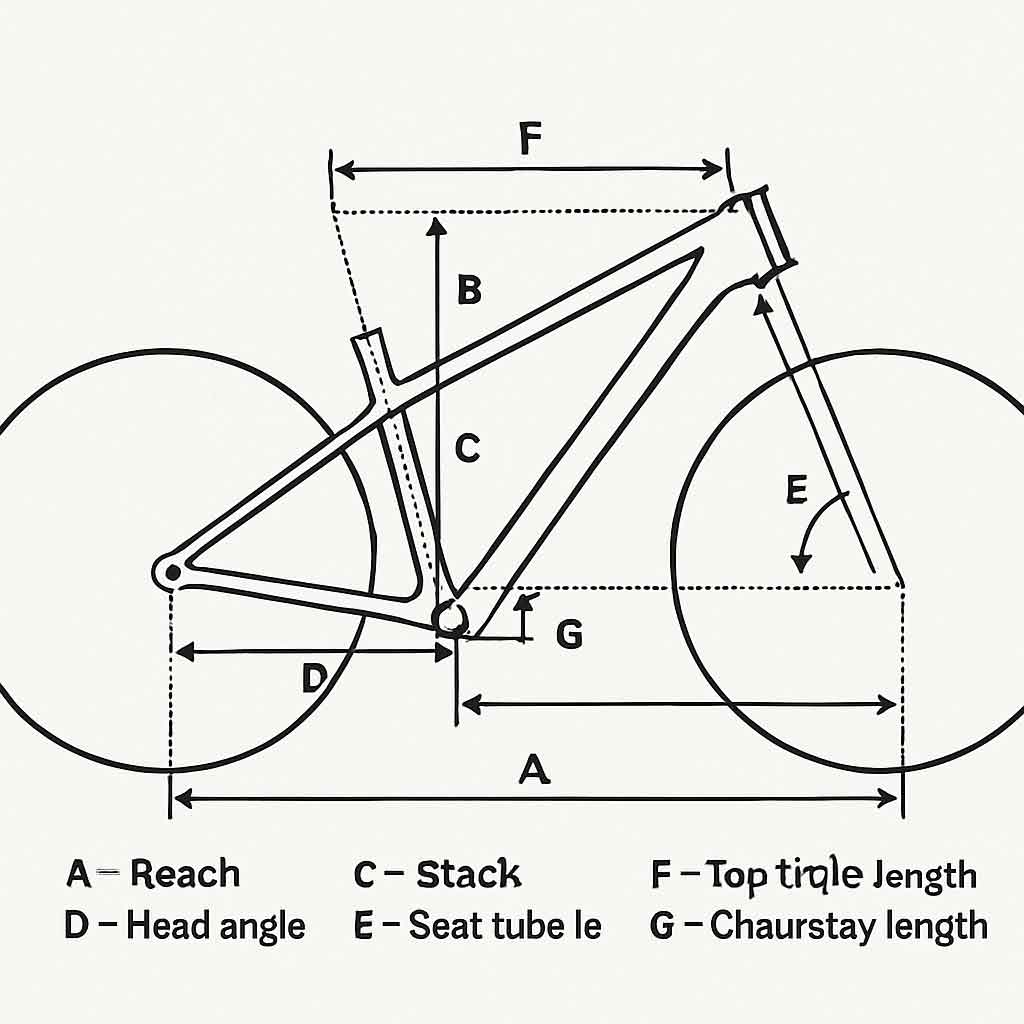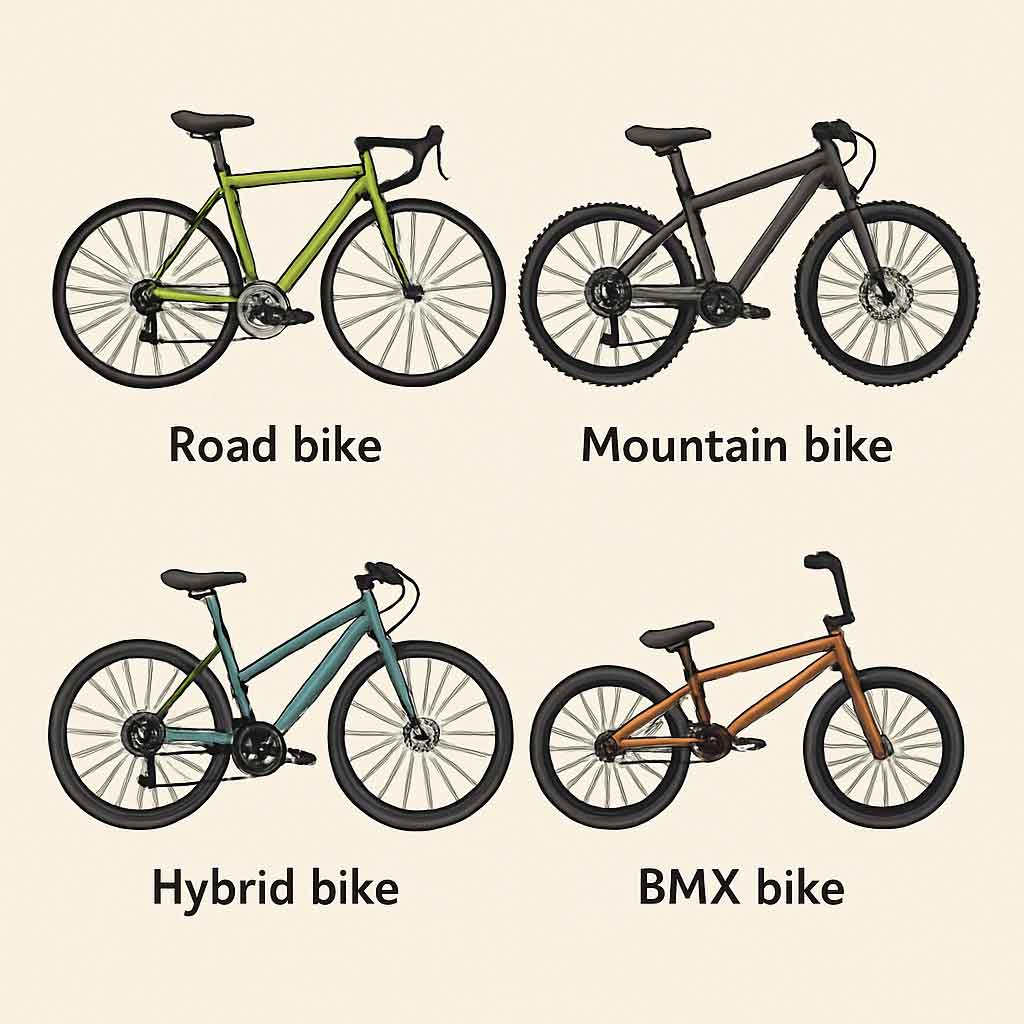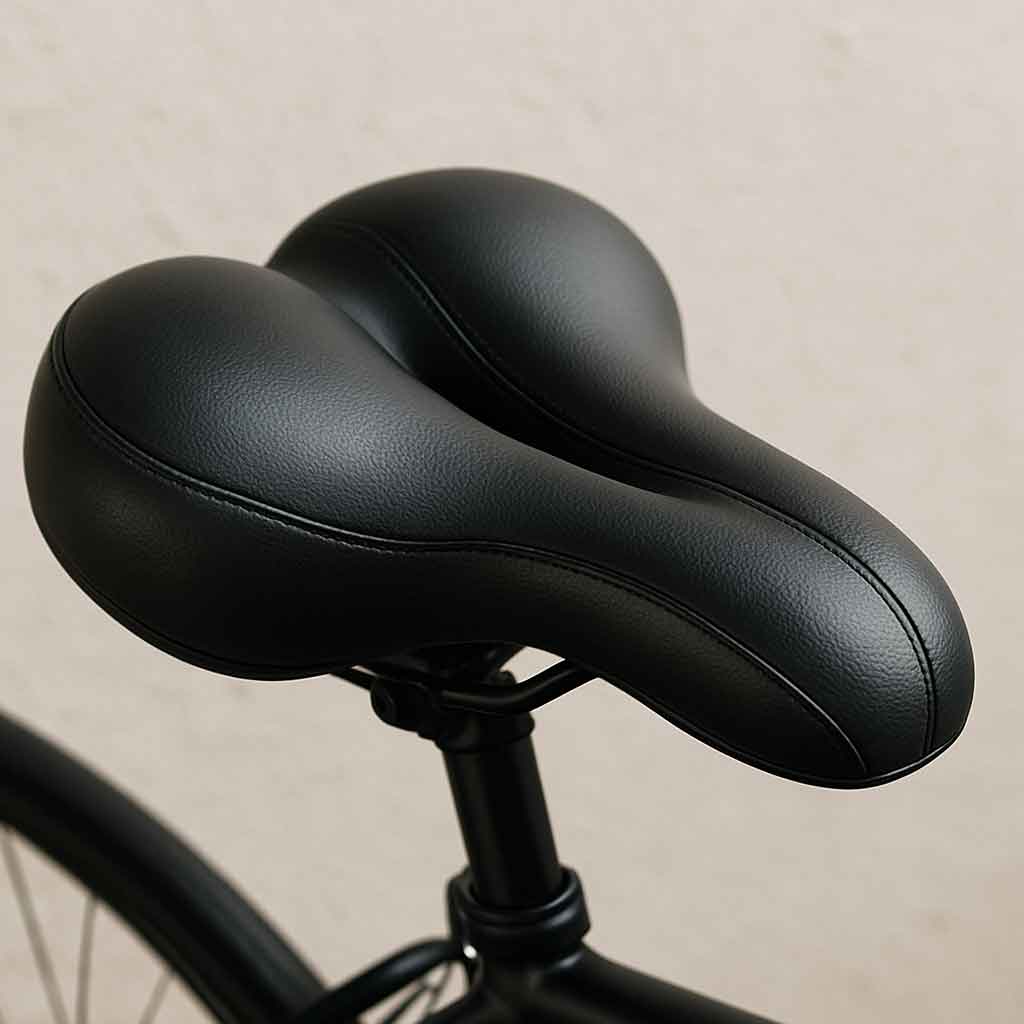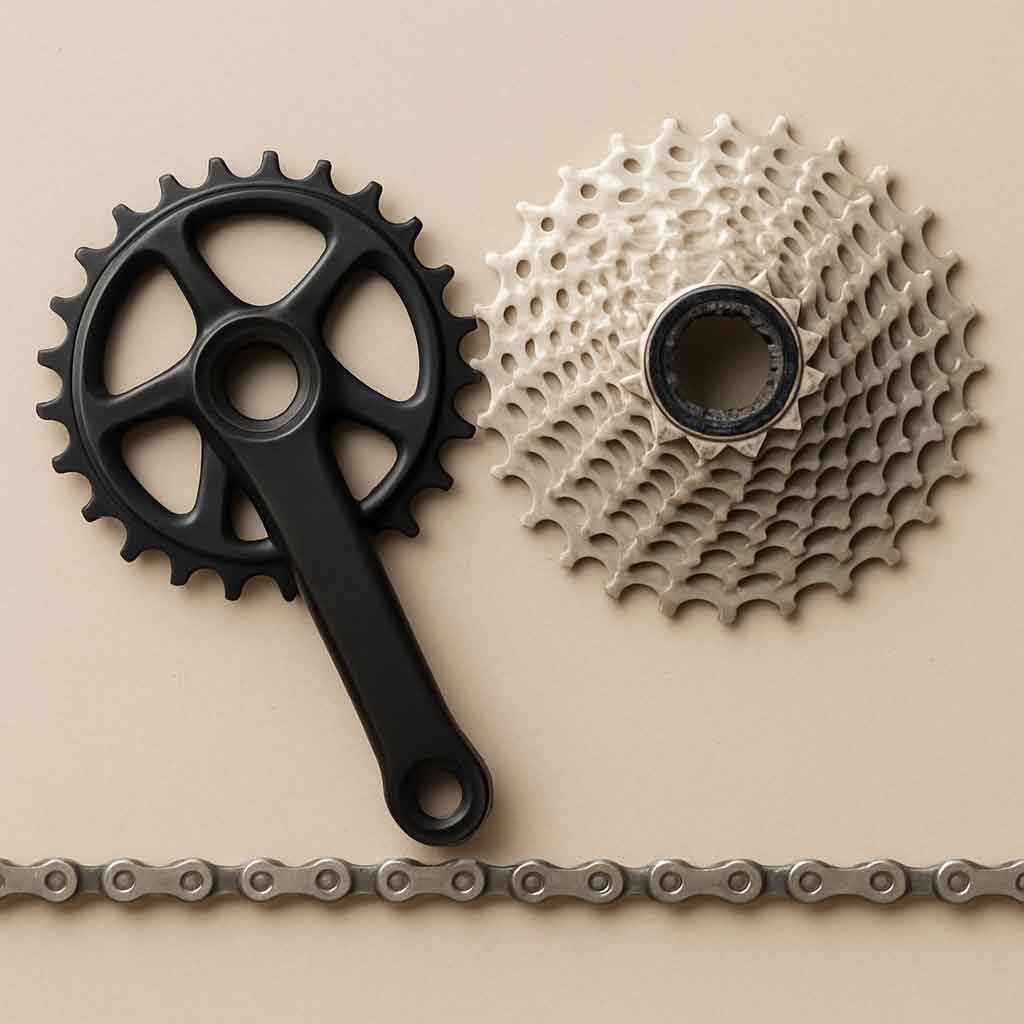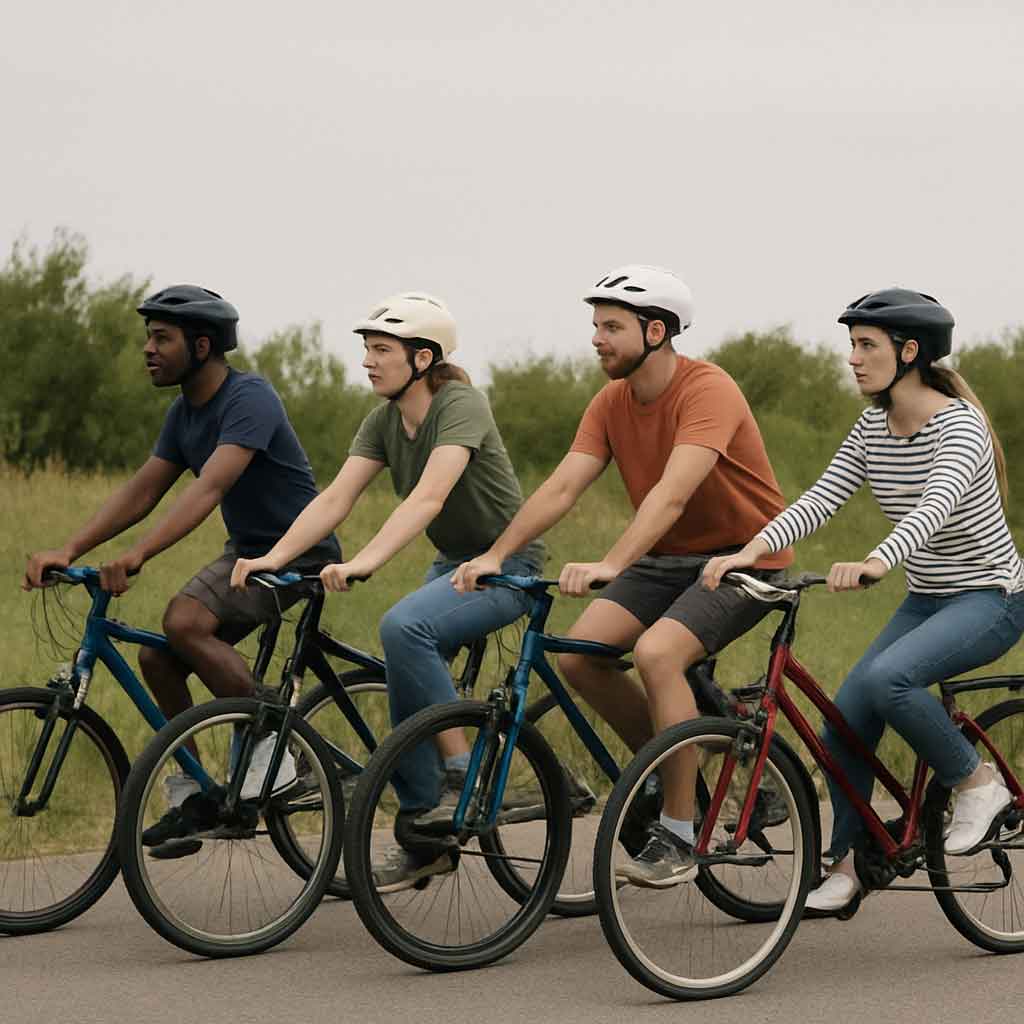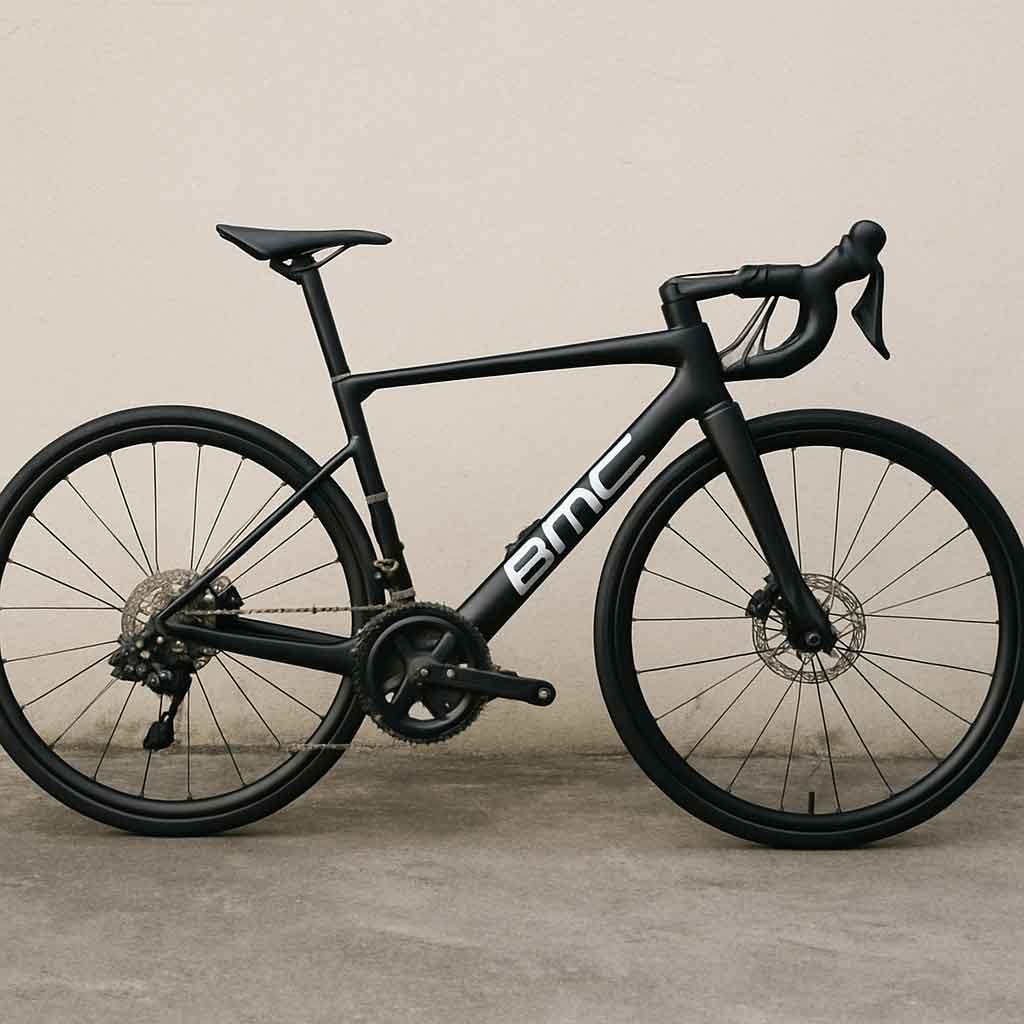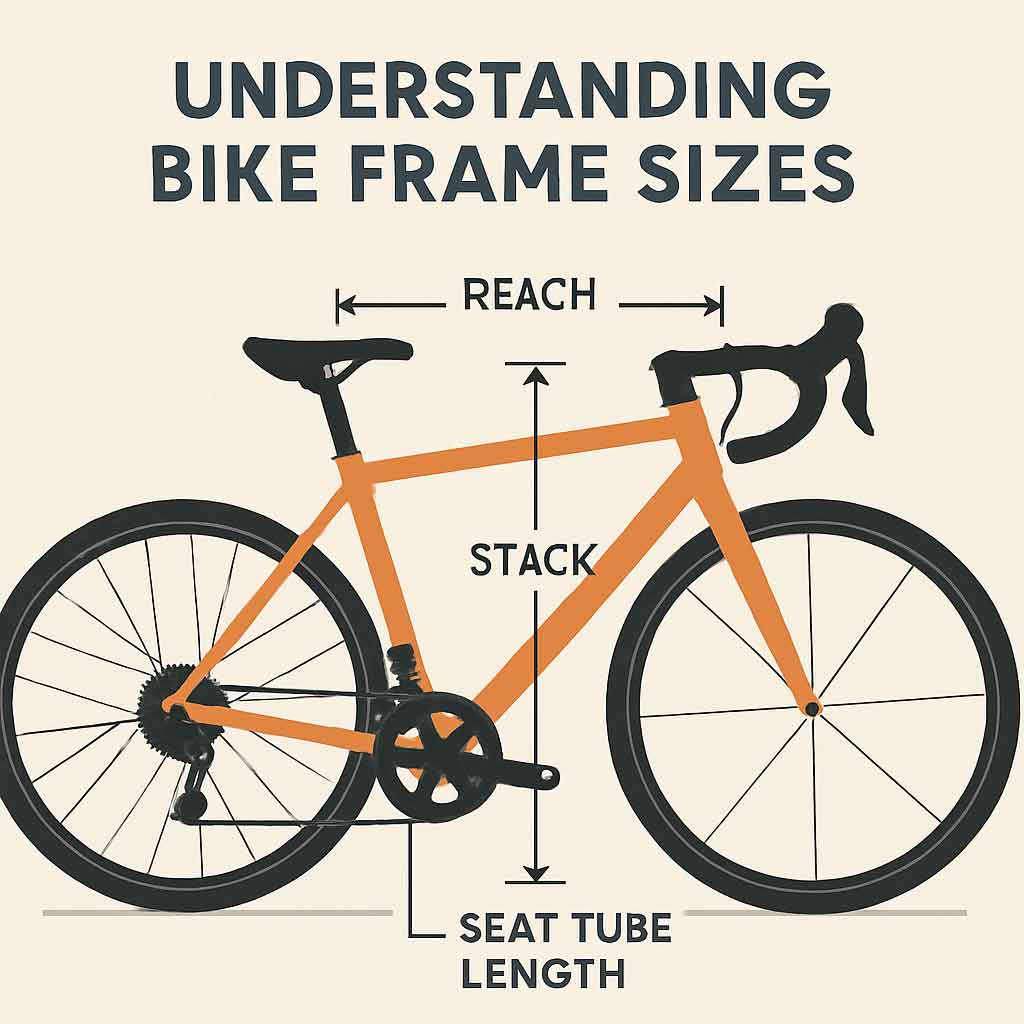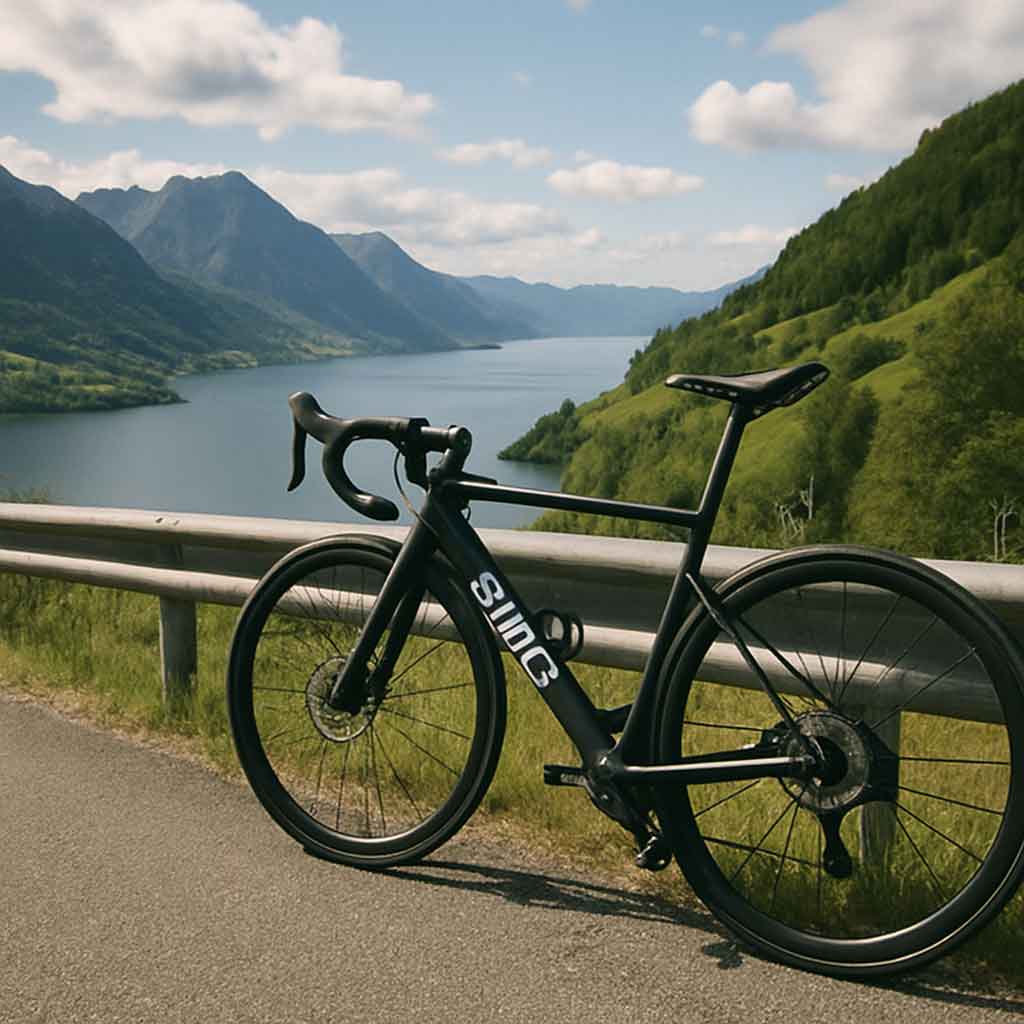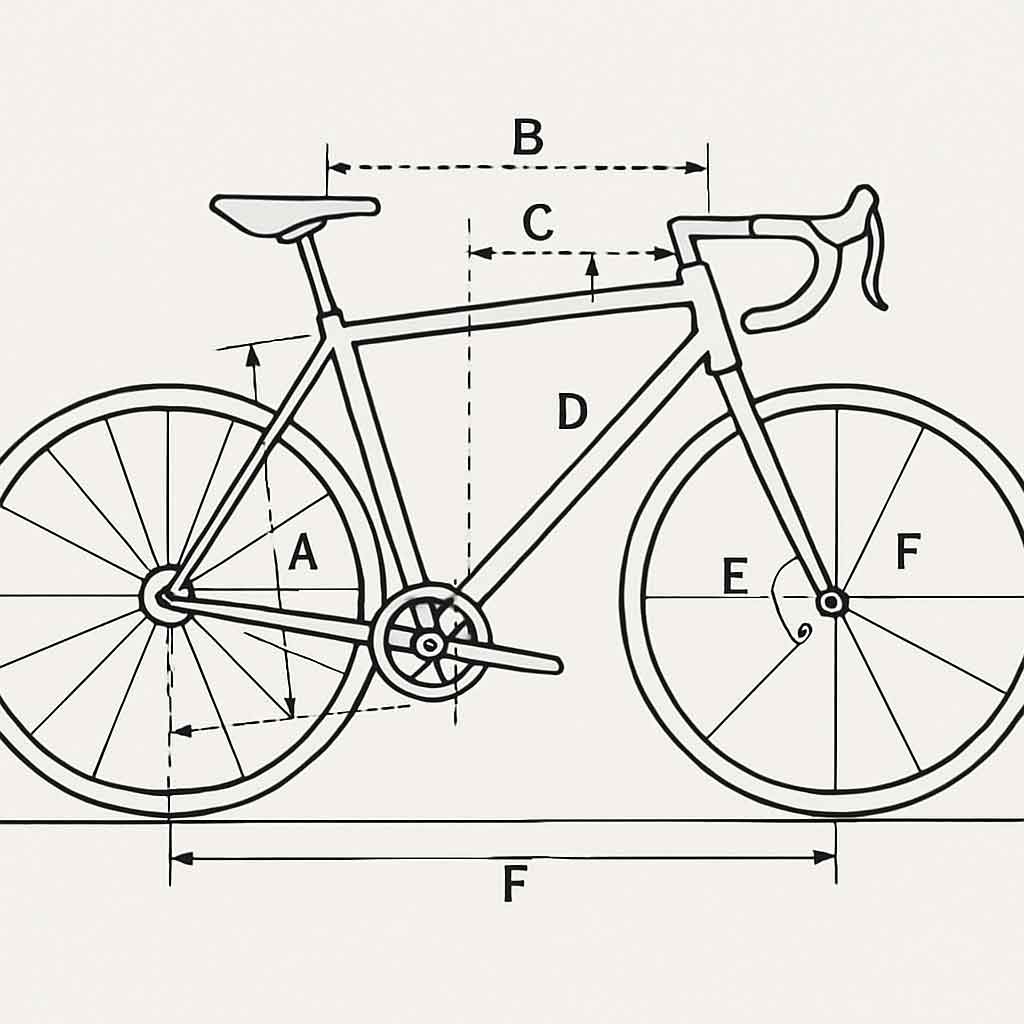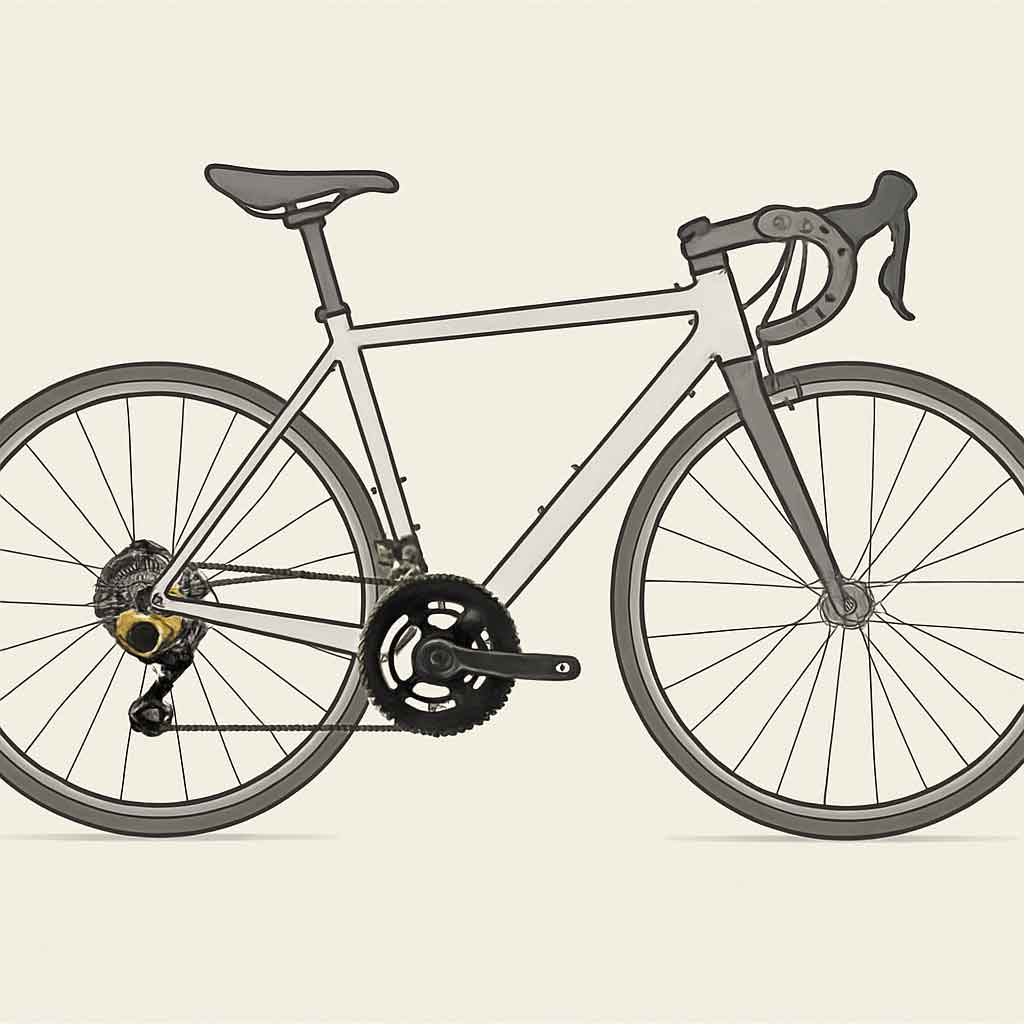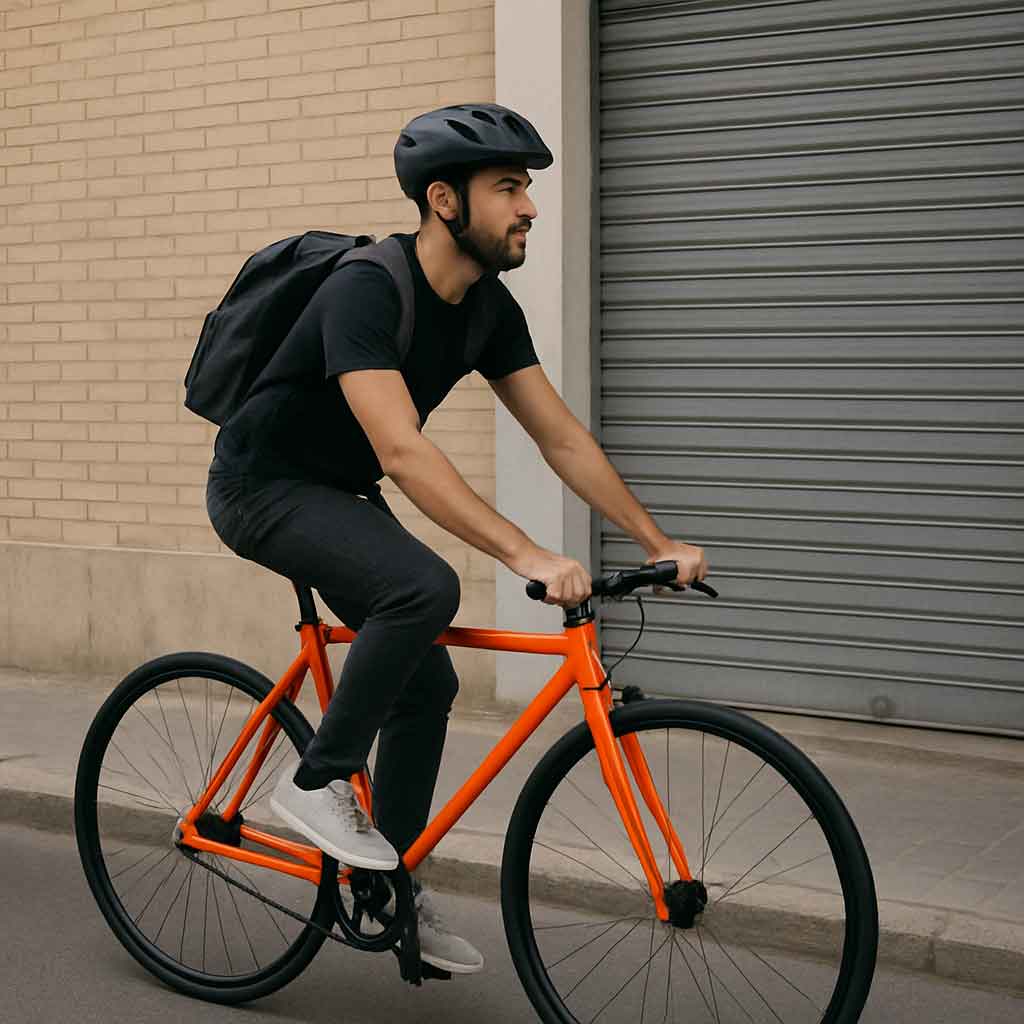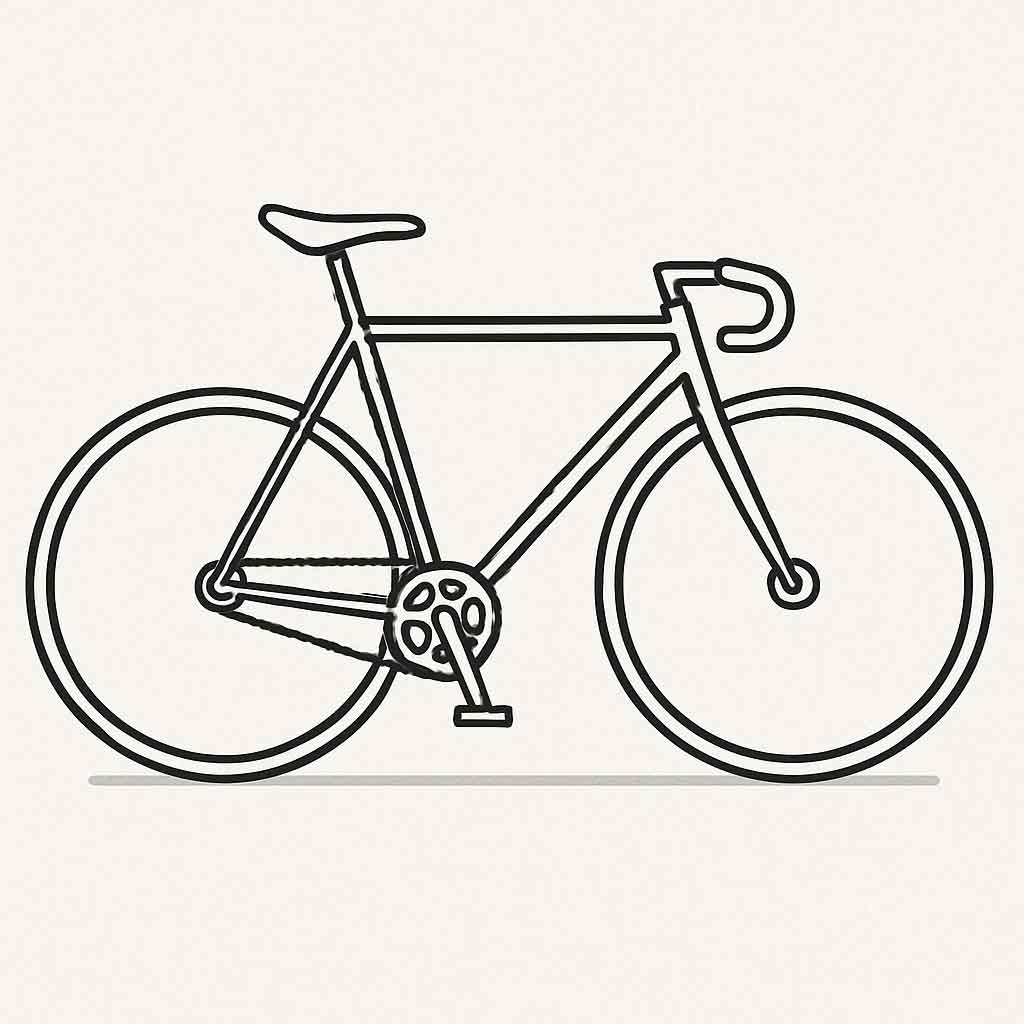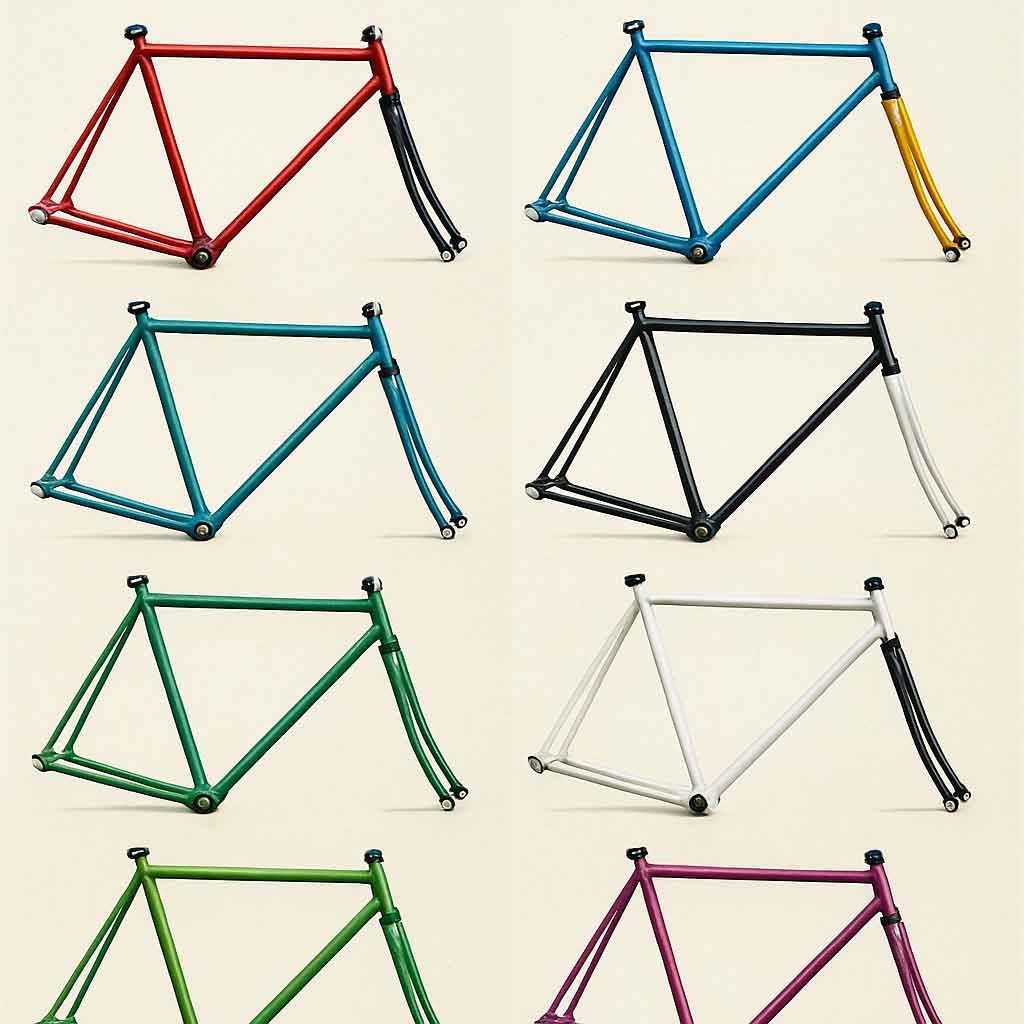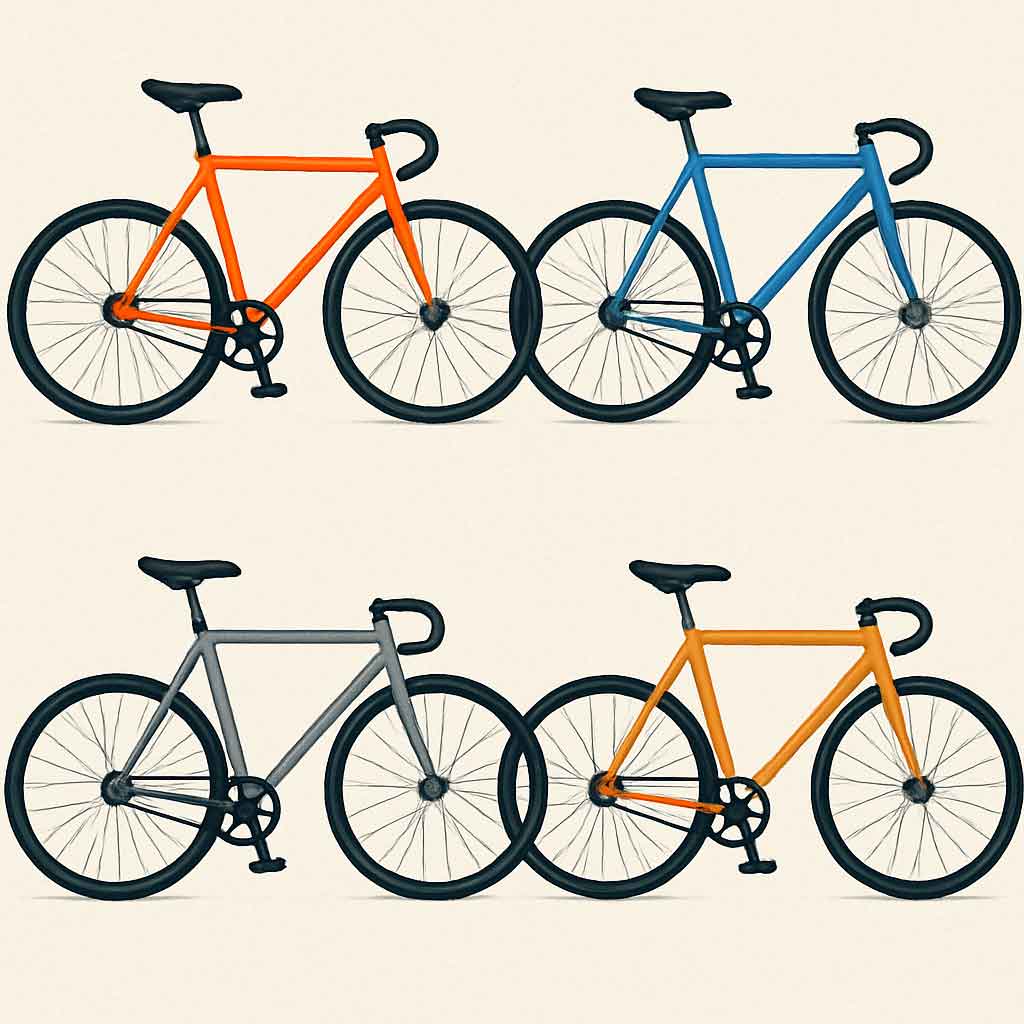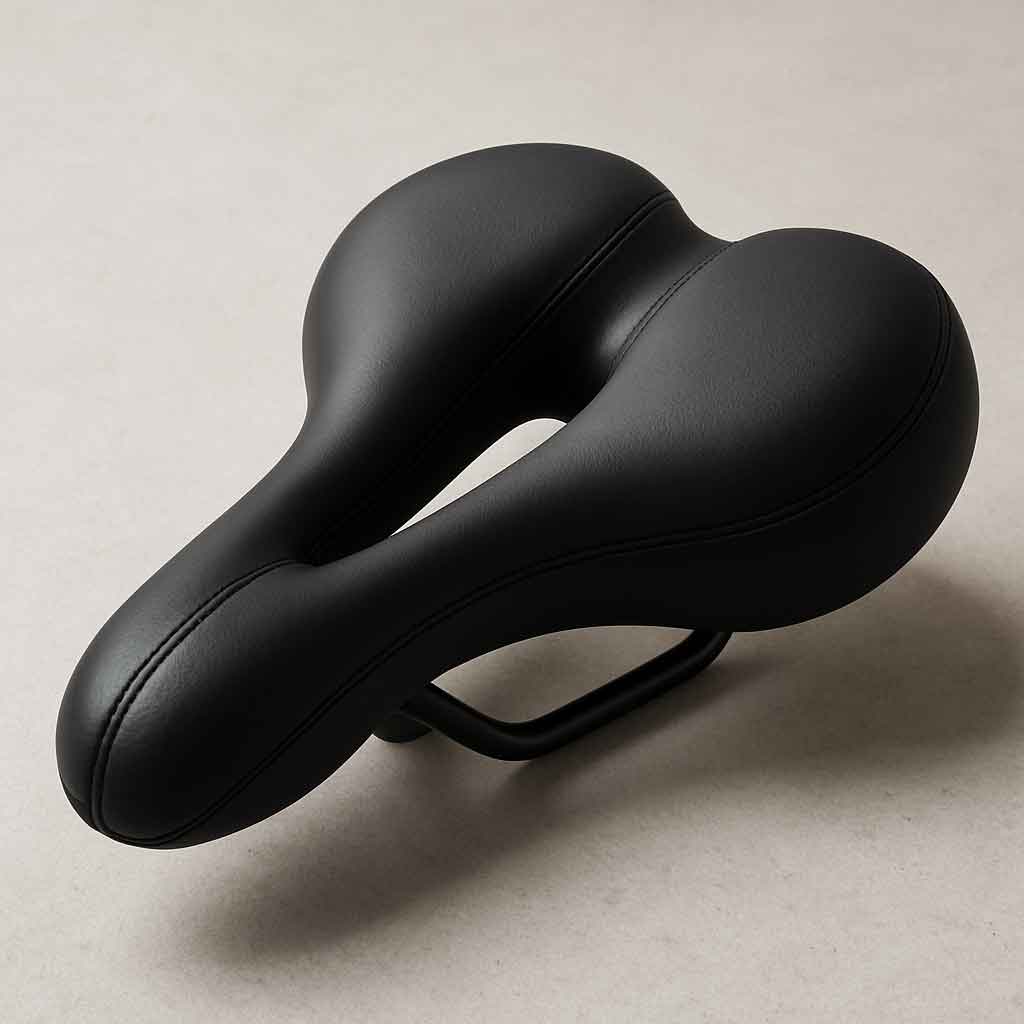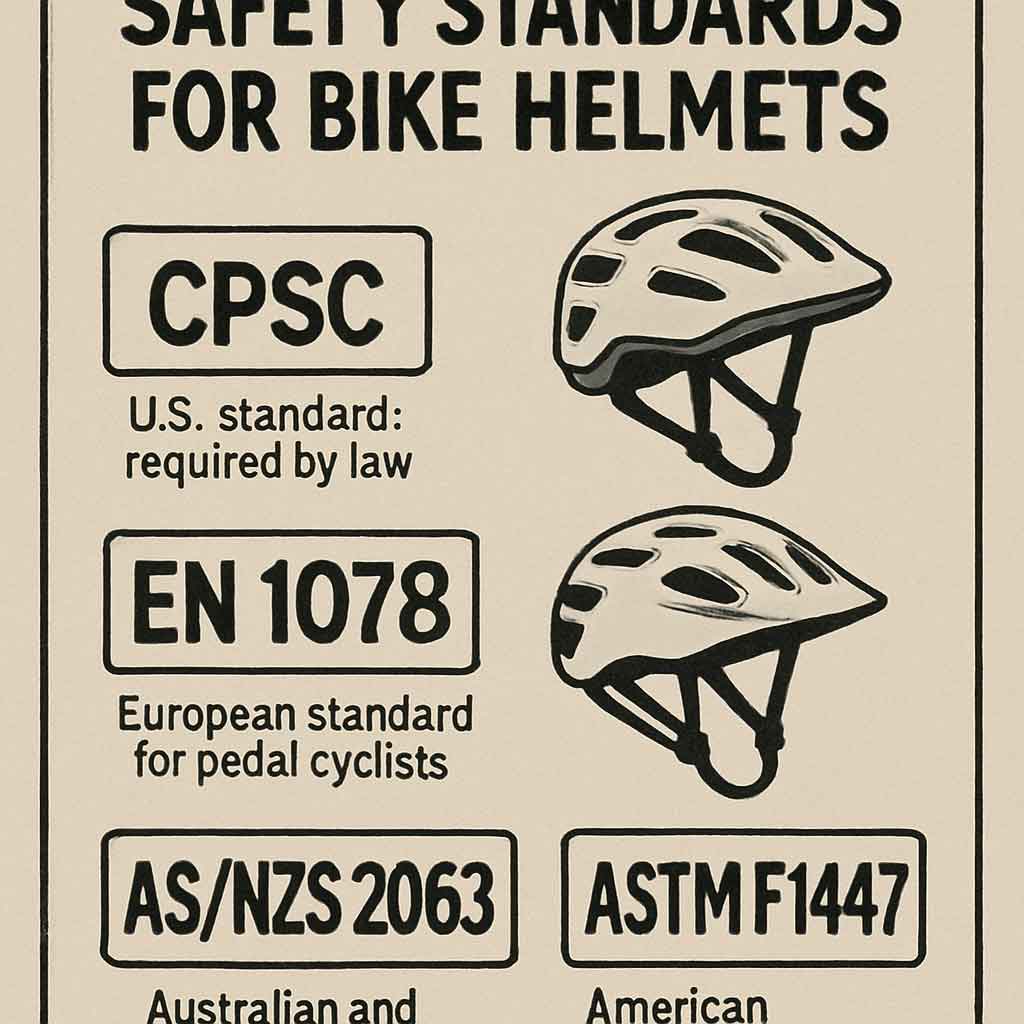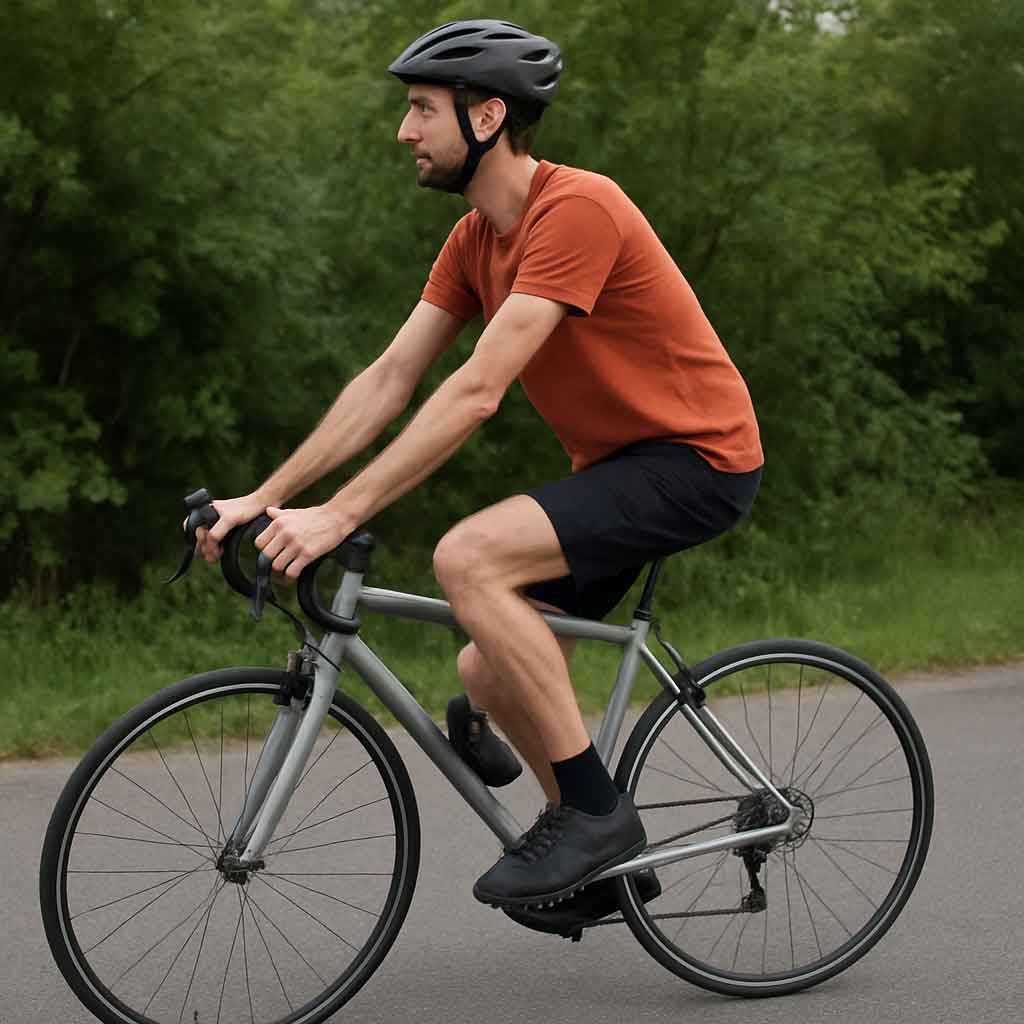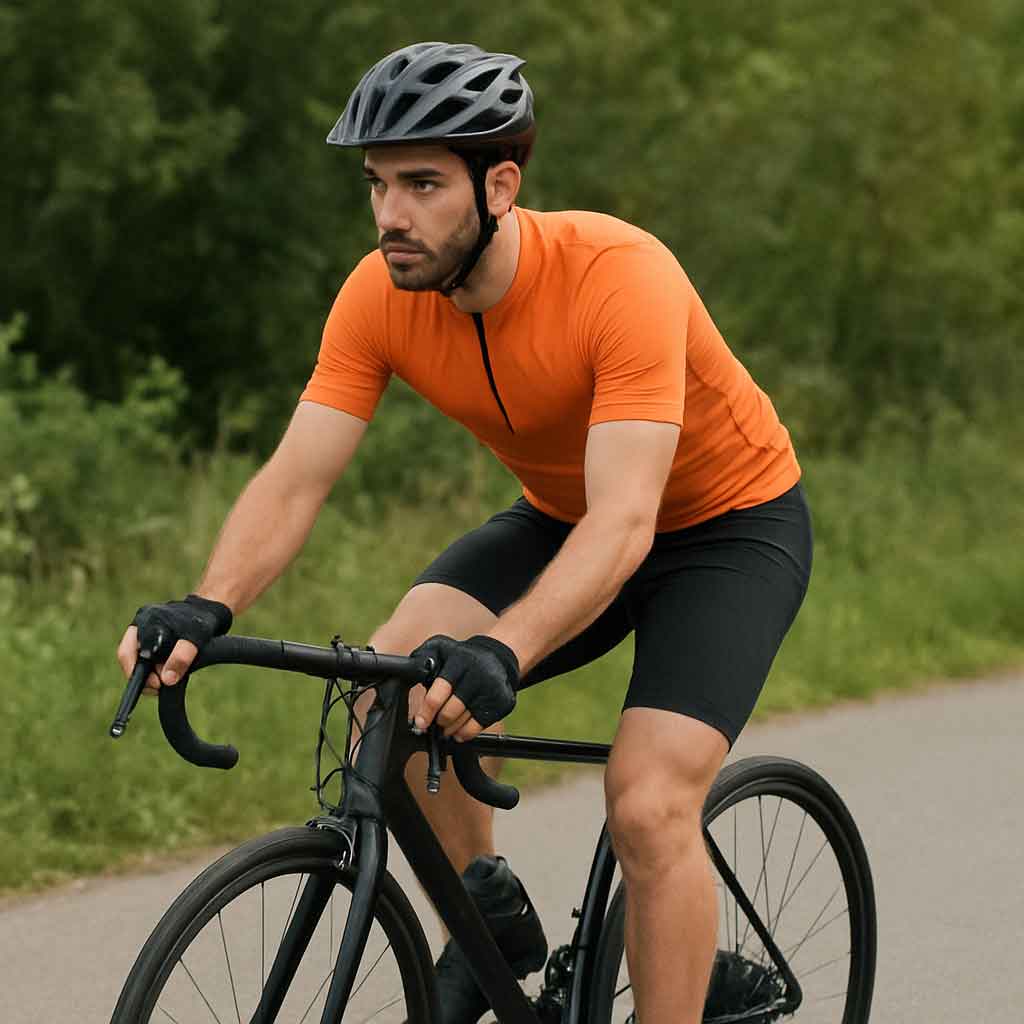Choosing the right bike size is crucial for comfort and performance, whether you're commuting, racing, or just enjoying a leisurely ride. A properly sized bike can make a significant difference in your cycling experience. In this article, we'll guide you through the essential steps to accurately measure your bike and ensure you select the perfect fit.

Bike frame size is typically measured in centimeters or inches, depending on the type of bike. This measurement is derived from the length of the seat tube, which extends from the center of the bottom bracket to the top of the seat tube. Understanding how to measure your bike frame is the first step in finding the right size.
The Anatomy of a Bike Frame
A bike frame is more than just a piece of metal; it's the heart of your bicycle. The seat tube is a crucial component, dictating the overall height of the bike. Other parts like the top tube, down tube, and chainstays also contribute to the bike's geometry and handling characteristics. Knowing these parts helps you understand how they influence your ride comfort and efficiency.
The Role of Frame Geometry
Frame geometry affects how a bike handles and how comfortable it feels. A frame with a longer top tube might suit a more aggressive riding position, while one with a shorter top tube offers a more relaxed posture. The angle of the seat tube can also affect pedaling efficiency and rider comfort, especially during long rides.
Custom vs. Standard Frame Sizes
Most bikes come in standard sizes, but some riders opt for custom frames tailored to their measurements. Custom frames are particularly beneficial for those with unique body proportions or specific performance needs. However, they can be more expensive, so weighing the benefits against the cost is important.
How to Measure Bike Frame Size
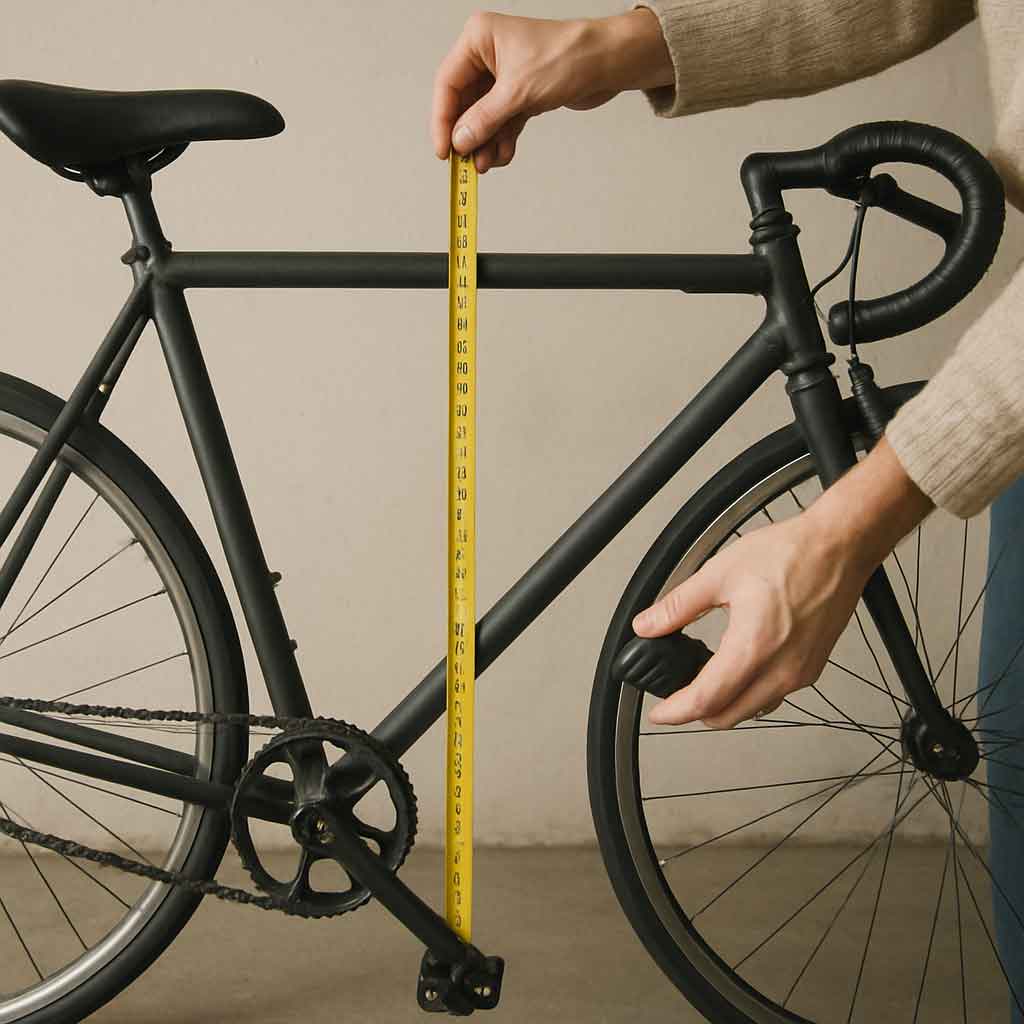
To measure your bike frame size, you'll need a tape measure and a level surface. Here's a step-by-step guide:
- Position the Bike: Place the bike upright on a level surface.
- Identify the Seat Tube: Locate the seat tube, which is the vertical part of the frame that runs from the seat post to the pedals.
- Measure the Seat Tube: Use a tape measure to measure the length from the center of the bottom bracket (where the pedal arms meet) to the top of the seat tube.
- Record the Measurement: The length in centimeters or inches is your bike frame size.
Tools for Accurate Measurement
Accurate measurements require the right tools. A sturdy tape measure ensures precision, while a level surface guarantees the bike is positioned correctly. Some cyclists use a plumb line or spirit level to ensure vertical alignment, which can help in achieving a more precise measurement.
Common Measurement Mistakes
Avoid common measurement errors by ensuring the tape measure is straight and not twisted. It's also crucial to measure from the correct points: the center of the bottom bracket and the top of the seat tube. Misplacing either can lead to an incorrect frame size, affecting your overall riding comfort and performance.
Re-measuring for Accuracy
If you're unsure about your first measurement, it's wise to measure again. Variations in readings can occur due to slight changes in bike positioning or tape measure handling. Re-measuring helps confirm your initial findings and ensures you're selecting the best possible frame size.
Road Bike Sizing
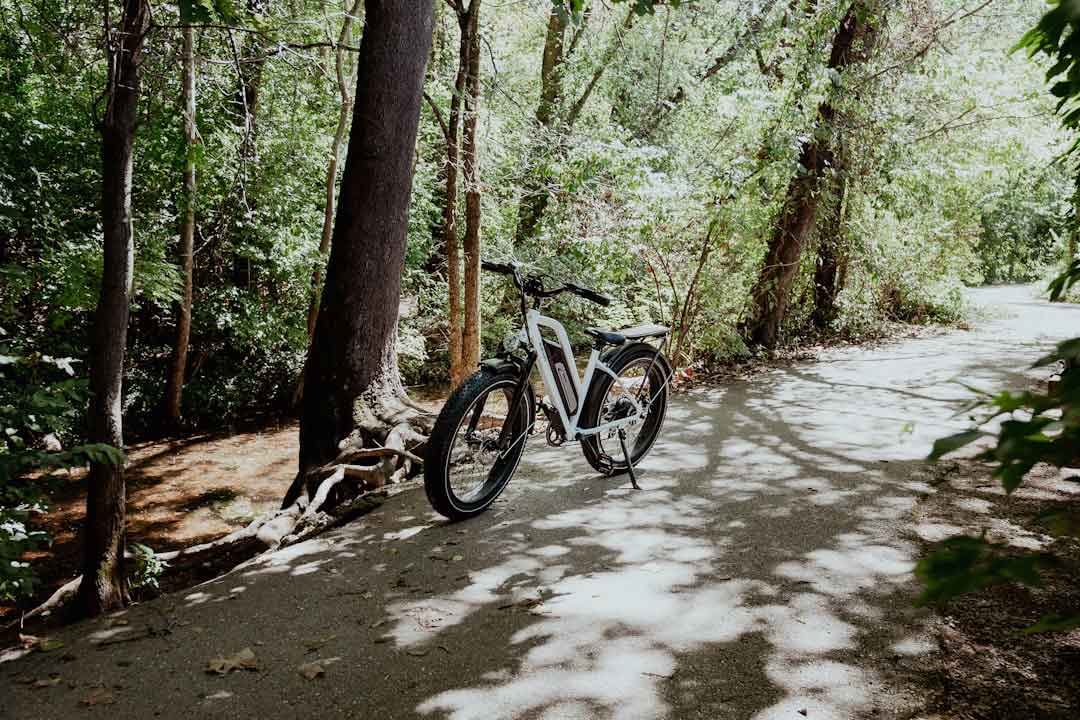
by Himiway Bikes (https://unsplash.com/@himiwaybikes)
Road bikes are designed for speed and efficiency on paved surfaces. Therefore, choosing the correct size is vital for optimal performance. Here's how to measure a road bike:
- Stand Over Height: Ensure there's at least an inch of clearance between your groin and the top tube when you straddle the bike.
- Reach and Stack: Consider the reach (horizontal distance from the seat to the handlebars) and stack (vertical distance from the bottom bracket to the top of the head tube) to find a comfortable riding position.
The Importance of Stand Over Height
Stand over height is a critical factor in road bike sizing. It ensures you can comfortably mount and dismount your bike without discomfort. A bike with too little clearance can lead to accidents, while too much clearance might indicate a frame that's too small.
Optimizing Reach and Stack
Reach and stack are crucial for rider comfort and efficiency. A proper reach ensures you're not overstretching to grip the handlebars, which can cause fatigue. Similarly, an appropriate stack height allows for a comfortable back angle, reducing strain on the neck and shoulders.
Customizing Handlebar Setup
Handlebar setup can significantly affect riding comfort. Adjusting the handlebar width, drop, and reach can help tailor the bike to your preferences. Wider handlebars offer more control, while narrower ones can improve aerodynamics for speed-focused riders.
Mountain Bike Sizing
Mountain bikes are designed for rough terrain and require a different sizing approach than road bikes. Here's how to measure a mountain bike frame:
- Stand Over Height: You'll need more clearance for mountain bikes, typically 2-3 inches.
- Handlebar and Saddle Position: Ensure the handlebars and saddle are positioned for control and comfort over bumps and turns.
The Impact of Terrain on Sizing
Mountain biking involves tackling diverse terrains, making sizing crucial for stability and control. A frame that's too large can be unwieldy on tight trails, while a too-small frame might compromise maneuverability and balance on descents.
Adjusting for Terrain Types
Different terrains might require slight adjustments in bike setup. For technical trails, a more upright position can enhance control. Conversely, for smoother, faster trails, a lower, more aerodynamic position may be preferred to maximize speed.
Importance of Suspension Setup
Suspension settings are vital for mountain biking. Proper suspension setup enhances comfort and control, especially over rough terrain. Adjusting the suspension for your weight and riding style can dramatically improve your biking experience.
Additional Tips for Choosing the Right Bike Size
Test Ride Different Bikes
Whenever possible, test ride different bikes to get a feel for what size suits you best. Pay attention to how comfortable you are during the ride and adjust accordingly.
Benefits of Test Riding
Test riding offers firsthand experience of how a bike feels. It helps identify any immediate discomforts or issues with handling. Additionally, it provides an opportunity to compare how different sizes or brands fit your body and riding style.
Test Riding Different Terrains
Experimenting on varied terrains during a test ride can reveal how a bike handles different conditions. It allows you to assess the bike's responsiveness, stability, and comfort across surfaces similar to those you'll frequently encounter.
What to Look for During a Test Ride
During a test ride, focus on comfort, control, and responsiveness. Notice how your body feels, particularly your hands, back, and legs. Ensure you can easily reach the handlebars and that the pedaling motion feels natural and efficient.
Consider Professional Bike Fitting
A professional bike fitting can fine-tune your bike size, ensuring that all components are adjusted for your body type and riding style. This service is particularly beneficial for avid cyclists or those with specific fit requirements.
What Happens During a Bike Fitting
During a bike fitting, a professional will assess your riding posture, flexibility, and biomechanics. They will adjust various components, such as saddle height and handlebar position, to enhance comfort and efficiency.
Advantages of Professional Bike Fitting
Professional fittings can prevent potential injuries by ensuring your bike is tailored to your body's needs. It can also improve performance by optimizing your pedaling efficiency and reducing unnecessary strain.
Finding a Qualified Bike Fitter
Look for certified bike fitters with experience and positive reviews. A good fitter will take the time to understand your cycling goals and challenges, providing a personalized fit that enhances your riding experience.
Adjusting Bike Components
Even if you have the correct frame size, you might need to adjust components such as the saddle height, handlebar position, and stem length to achieve the perfect fit.
The Importance of Saddle Height
Saddle height affects your pedaling efficiency and comfort. A correctly adjusted saddle allows for a slight bend in the knee at the bottom of the pedal stroke, optimizing power and reducing knee strain.
Fine-tuning Handlebar Position
Adjusting the handlebar position can relieve pressure on your hands and wrists. It can also influence your back and neck posture, enhancing comfort during long rides. Experiment with different angles and heights to find what works best for you.
Customizing Stem Length
The stem length affects the bike's steering and your reach to the handlebars. A shorter stem can offer quicker steering response, while a longer stem may improve stability. Adjusting it can help find a balance between comfort and handling.
Conclusion
Selecting the right bike size is a blend of science and personal preference. By understanding how to measure your bike and using size charts, you can make an informed decision that enhances your riding experience. Remember that comfort and performance go hand in hand, and finding the right fit can significantly improve your cycling adventures.
Whether you're a seasoned cyclist or a beginner, taking the time to choose the right bike size will ensure that each ride is as enjoyable as possible. Happy cycling!

